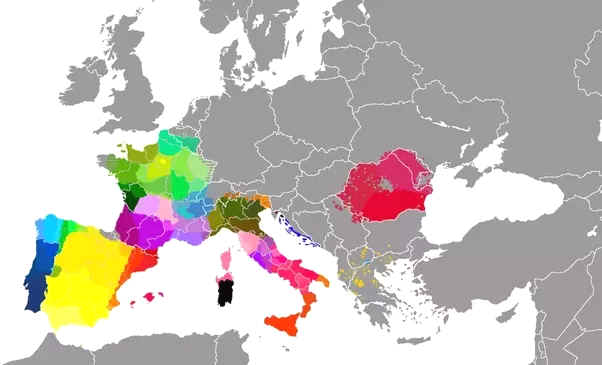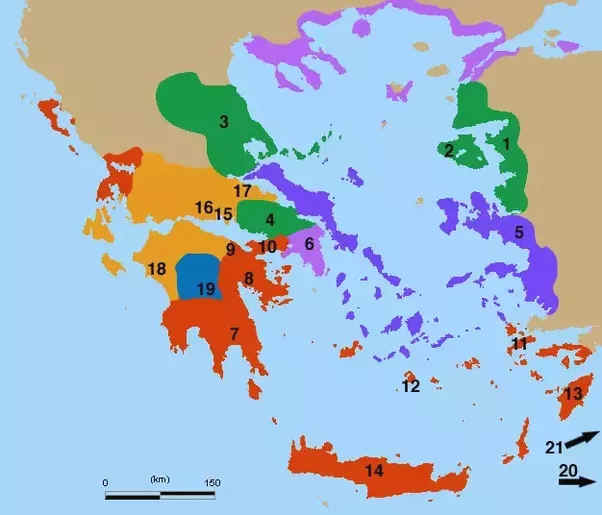Á fines del siglo XV se descubrió la América.
El audaz marino que, lanzándose al través del desconocido océano, la
descubrió, fué Cristóbal Colón, natural de Génova.
Fue a Portugal y propuso Sus proyectos de
descubrimiento al Rey D. Juan II, que no los aceptó. Pasó á España
é hizo igual proposición á los Reyes Católicos D. Fernando y D. ª
Isabel, que, aunque al principio la rechazaron, aceptáronla después.
Colón salió para su primer viaje el 3 de agosto de
1492 del puerto de Palos, y, á las dos de la madrugada correspondiente
al 12 de octubre, descubrió la primera tierra, la isla Guanahaní, en
el grupo de Lucayas: descubre otras islas, entre ellas Cuba y Haití, y
regresa á España, adonde llegó el 16 de marzo de 1493.
El 25 de setiembre de 1493 salió Colón de Cádiz
para su segundo viaje; el 3 de noviembre descubrió la isla Dominica,
después las islas Marigalante, Guadalupe, Monserrate, Santa María (La
Redonda), Santa María (La Antigua), San Martin, Santa Cruz, Santa
Úrsula, Puerto Rico (Boriquén) y Jamaica, y vuelve á España,
fondeando en Cádiz el 11 de junio de 1496.
Para su tercer viaje, Colón salió de Sanlúcar el 30
de mayo de 1498: el 31 de julio descubrió la isla Trinidad, el 1.° de
agosto vió por primera vez el continente americano, descubrió otras
islas, entre ellas La Margarita, y fué á la Española; de allí
regresó á España, y llegó á Cádiz el 25 de noviembre de 1500.
Salió Colón para su cuarto y último viaje, de
Cádiz, el 9 de mayo de 1502; el 30 de julio descubrió las islas
Guanajas, en seguida la punta Cajinas (Cabo de Honduras) en el
continente; recorrió la costa hacia Oriente, dobló el cabo de Gracias
á Dios, navegó por toda la costa de lo que es hoy Nicaragua, Costa
Rica, Veragua y Panamá, y llegó al puerto de Sanlúcar, en España, el
7 de noviembre de 1504.
Fué, pues, el Almirante D. Cristóbal Colón, en
persona, quien, durante su cuarto y último viaje, descubrió en 1502 el
territorio de Costa Rica por la parte del Atlántico.
"El domingo (1)
á 17 de setiembre, fueron á echar anclas sobre una isleta llamada
Quiribri y en un pueblo en la tierra firme llamado Cariarí. Allí
hallaron la mejor gente y tierra y estancia que habían hasta allí
hallado, por la hermosura de los cerros y sierra, y frescura de los
ríos, y arboledas que se iban al cielo de altas, y la isleta verde,
fresquísima, llana, de grandes florestas, que parecía un verjel
deleitable; llamóla el Almirante La Huerta, y está del dicho pueblo
Cariarí (la última luenga) (2)
una legua pequeña. Está el pueblo junto á un graciosísimo río, a
donde concurrió mucha gente de guerra con sus armas, arcos y flechas y
varas y macanas, como haciendo rebato y mostrando estar aparejados para
defender su tierra. Los hombres traían los cabellos trenzados,
revueltos á la cabeza, y las mujeres cortados de la manera que los
traen los hombres nuestros; pero como los cristianos les hicieron seña
de paz, ellos no pasaran adelante más de mostrar su voluntad de trocar
sus cosas por las nuestras. Traían mantas de algodón y jaquetas de las
dichas (sin mangas) y unas águilas de oro bajo que traían al cuello.
Estas cosas traían nadando á las barcas, porque aquel día ni otro los
españoles no salieron á tierra. De todas ellas no quiso el Almirante
que se tocase cosa, por, disimulando, dalles á entender que no hacían
cuenta de ello, y cuanto más de ellas se mostraba menosprecio, tanta
mayor codicia é importunidad significaban los indios de contratar,
haciendo muchas señas, tendiendo las mantas como banderas, y
provocándolos á que saliesen á tierra. Mandóles dar el Almirante
cosas de rescate de Castilla; mas desque vieron que los cristianos no
querían de sus cosas, y que ninguno salía é iba á contratar con
ellos, todas las cosas de Castilla que habían recibido las pusieron
liadas junto á la mar, sin que faltase la menor dellas, casi diciendo:
«pues no queréis de las nuestras, tomaos las vuestras,» y así las
hallaron todas los cristianos otro día que salieron á tierra. Y como
los indios que por aquella comarca estaban sintieron que los cristianos
no se fiaban dellos, enviaron un indio viejo, que parecía persona
honrada y de estima entre ellos, con una bandera puesta en una vara,
como que daban seguridad; y traía dos muchachas, la una de hasta
catorce años y la otra de hasta ocho, con ciertas joyas de oro al
cuello, el que las metió en la harca, haciendo señas que podían los
cristianos salir seguramente. Salieron, pues, algunos á traer agua para
los navíos, estando los indios modestísimos y quietos, y con aviso de
no se mover ni hacer cosa por donde los españoles tomasen ocasión de
tener algún miedo dellos. Tomada el agua y como se entrasen en las
barcas para se volver á los navíos, hacíanles señas que llevasen
consigo las muchachas y las piezas del oro que traían colgadas del
cuello; y por la importunación del viejo, leváronlas consigo; y era
cosa de notar las muchachas no mostrar señal de pena ni tristeza
viéndose entregar á gente tan extraña y feroz, y, de ellos, en vista
y habla y meneos, tan diversa; antes mostraban un semblante alegre y
honesto. Desque el Almirante las vido, hízolas vestir y dalles de comer
y de las cosas de Castila, y mandó que luego las tornasen á tierra
para que los indios entendiesen que no eran gente que solían usar mal
de mujeres; pero llegando á tierra no hallaron persona quien las diesen,
por lo cual las tornaron al navío del Almirante y allí las mandó
aquella noche tener con toda honestidad, á buen recaudo. El día
siguiente, jueves á 29 de setiembre, las mandó tornar en tierra, donde
estaban ya 50 hombres, y el viejo que las había traído las tornó á
recibir, mostrando mucho placer con ellas; y volviendo á la tarde las
barcas á tierra, hallaron la misma gente con las mozas, y ellas y ellos
volvieron á los cristianos todo cuanto se les había dada, sin querer
que dello quedase alguna cosa. Otro día, saliendo el Adelantado (3)
á tierra para tomar lengua y hacer información de aquella gente,
llegáronse dos indios de los más honrados, á lo que parecía, junto
á la barca donde iba, y tomáronlo en medio por los brazos hasta
sentarlo en las hierbas muy frescas de la ribera, y preguntándoles
algunas cosas por señas, mandó al escribano que escribiese lo que
decían los cuales se alborotaron de tal manera, viendo la tinta y el
papel y que escribían, que los más echaron á huir, creyóse que por
temor que no fuesen algunas palabras ó señales para los hechizos,
porque por ventura se usaban hechizos entre ellos, y presumióse porque,
cuando legaban cerca de los cristianos, derramaban por el aire unos
polvos hacia ellos, y de los mismos polvos hacían sahumerios,
procurando que el humo fuese hacia los cristianos; y por este mismo
temor, quizá, no quisieron que quedase con ellos cosa de las que les
habían dado de las nuestras. Reparados los navíos de lo que habían
menester y oreados los bastimentos y recreada la gente que iba enferma,
mandó el Almirante que saliese su hermano, el Adelantado, con alguna
gente á tierra para ver el pueblo y la manera y trato que los moradores
de él tenían; donde vieron que dentro de sus casas, que eran de madera
cubiertas de cañas, tenían sepulturas en que estaban cuerpos muertos,
secos y mirrados, sin algún mal olor, envueltos en unas mantas ó
sábanas de algodón, y encima de la sepultura estaban unas tablas y en
ella esculpidas figuras de animales, y en algunas la figura del que
estaba sepultado, y con él joyas de oro y cuentas y cosas que por más
preciosas tenían. Mandó el Almirante tomar algunos de aquellos indios,
por fuerza, para llevar consigo y saber dellos los secretos de la tierra.
Tomaron siete, no sin gran escándalo de los demás, y de los siete, dos
escogió que parecían los más honrados y principales; á los demás
dejaron ir, dándoles algunas cosas de las de Castilla, dándoles á
entender por señas que aquellos tomaban por guías, y después se los
enviarían. Pero poco los consoló este decir, por lo cual luego, el
siguiente día, vino á la plaza mucha gente, y enviaron cuatro por
embajadores al navío del Almirante; prometían de dar de lo que tenían
y que les diesen los dos hombres, que debían ser personas de calidad, y
luego trujeron dos puercos de la tierra, en presente, que son muy
bravos, aunque pequeños. No quiso restituirles los dos presos el
Almirante, sino mandar dar á los mensajeros que habían venido algunas
de las bujerías de Castilla y pagarles sus porquezuelos que habían
traido; y saliéronse á tierra con harto desconsuelo de aquela
violencia é injusticia de tomalles aquellos por fuerza y llevárselos
contra voluntad de todos ellos, dejando sus mujeres y hijos huérfanos.
Y quizá eran señores de la tierra ó de los pueblos, los que les
detenían injustamente presos; y así tuvieron de allí en adelante
justa causa y claro derecho de no se fiar de ningún cristiano, antes
razón jurídica para hacelles justa guerra, como es manifiesto."
"En otros lugares (cap. XXII) que el indio viejo,
que habían tomado y detenido de la canoa en la isla de los Guanajos, y
otros indios nombraron al Almirante, que había ó eran tierras de oro,
fué uno llamado Zarabaró (4).
Levantó, pues, las anclas de esta provincia ó pueblos de Cariarí, 5
de octubre, y navegó á la de Zarabaró (la última luenga), hacia el
Oriente, donde había una bahía de más de seis leguas de longura, y de
ancho más de tres, la cual tiene muchas isletas, y tres ú cuatro bocas
para entrar los navíos y salir, muy buenas con todos tiempos, y por
entre aquellas isletas van los navíos como si fuesen por calles,
tocando las ramas de los árboles en la jarcia y cuerdas de los navios;
cosa muy fresca y hermosa. Después de haber surgido y echado anclas los
navíos, salieron las barcas á una de aquellas isletas, donde hallaron
veinte canoas ó navecitas de un madero, de los indios, y la gente
dellas vieron en tierra desnudos, en cueros del todo, solas las mujeres
cubierto lo vergonzoso; traía cada uno su espejo de oro al cuello, y
algunos una águila, y comenzándoles á hablar los dos indios que
traían de Cariarí, perdieron el temor y dieron luego un espejo de oro,
que pesaba diez ducados, por tres cascabeles, diciendo que allí en la
tierra firme había mucho de aquello, muy cerca de donde estaban. El
día siguiente, á 7 de octubre, fueron las barcas á tierra firme y
toparon diez canoas llenas de gente, todas con sus espejos de oro al
cuello. Tomaron dellas dos hombres que parecían ser dellos los más
principales para, con los de Cariarí, saber los secretos de la tierra.
Dice cerca desto un testigo, llamado Pero de Ledesma, piloto señalado,
que yo conocí, que salieron á los navíos ochenta canoas, con mucho
oro, y que no quiso el Almirante recibir alguna cosa. Su hijo del
Almirante Don Hernando Colón, que allí andaba, puesto que niño de
trece años, no hace mención de ochenta canoas; pero pudo ser que
viniesen ochenta, una vez diez y otras veinte, y así llegaron á
ochenta; y es de creer que mejor cuenta tenía desto el piloto dicho,
que era de cuarenta y cinco y más años, que no el niño de trece. Los
dos hombres que aquí de esta canoa tomaron traían al cuello, el uno un
espejo que pesó catorce ducados, y el otro una águila que pesó veinte
y dos, y estos afirmaban que de aquel metal, puesto tanto caso dél
hacían, una jornada y dos de allí había harta abundancia. En aquesta
bahía infinita la cuantidad que había de pescado, y en la tierra
muchos animales de los arriba nombrados. Había muchos mantenimientos de
las raíces y de grano y de frutas. Los hombres andaban totalmente
desnudos, y las mujeres de la manera de las de Cariarí. Desta tierra ó
provincia de Zarabaró, pasaron á otra, con fin della que nombraban
Aburená (5) (la última
luenga), la cual es en todo y por todo como la pasada. Desta salieron á
la mar larga, y doce leguas adelante, llegaron á un río, en el cual
mandó el Almirante salir las barcas, y, llegando á tierra, obra de
doscientos indios, que estaban en la playa, arremetieron con gran furia
contra las barcas, metidos en la mar hasta la cinta, tañendo bocinas y
un atambor, mostrando querer defender la entrada en su tierra de gente
á ellos tan extraña; echaban del agua salada con las manos hacia los
españoles, y mascaban hierbas y arrojábanlas contra ellos. Los
españoles disimulaban, blandeándolos y aplacándolos por señas, y los
indios que traían hablándoles, hasta tanto que finalmente se
apaciguaron y se llegaron á rescatar ó contratar los espejos de oro
que traían al cuello, los cuales daban por dos ó tres cascabeles;
hobiéronse allí entonces diez y seis espejos de oro fino, que
valdrían ciento y cincuenta ducados. Otro día, viernes á 21 de
octubre, tornaron las barcas á tierra, al sabor del rescate; llamaron
á los indios desde las barcas, que estaban cerca de allí en unas
ramadas que aquella noche hicieron temiendo que los españoles no
saliesen á tierra y les hicieran algún daño; pero ninguno quiso venir
á su llamado. Desde á un rato, tañen sus bocinas ó cuernos y atambor,
y, con gran grita, lléganse á la mar de la manera que de antes, y,
llegando cerca de las barcas, amagábanles como que les querían tirar
las varas si no se volvían á sus navíos y se fuesen, pero ninguna les
tiraron; mas á la buena paciencia y humildad de los españoles, no
pareció que era bien sufrir tanto, por lo cual sueltan una ballesta y
dan una saetada á un indio de ellos en un brazo, y tras ella pegan
fuego á una lombarda, y, dando el tronido, pensando que los cielos se
caían y los tomaban debajo, no paró hombre de todos ellos, huyendo el
que más podía por salvarse. Salieron luego de las barcas cuatro
españoles, tornáronlos á llamar, los cuales, dejadas su armas, se
vinieron para ellos como unos corderos seguros y como si no hobieran
pasado nada. Rescataron ó conmutaron tres espejos, excusándose que no
traían al presente más por no saber que aquello les agradaba. Desta
tierra pasó adelante á otra llamada Catiba… Destos pueblos fueron á
una población llamada Cubija ó Cubiga, donde, según la relación que
los indios daban, se acababa la tierra del rescate, la cual comenzaba
desde Zarabaró y fenecía en aquella población, Cubiga ó Cubija, que
serían obra de cincuenta leguas de costa de mar…"
Cristóbal Colón, en carta dirigida á los Reyes
Católicos, fechada en Jamaica á 7 de julio de 1503 (6)
dice:
"…Llegué al cabo de Gracias á Dios, y de
allí me dió Nuestro Señor próspero el viento y corriente. Esto fué
á 12 de setiembre. Ochenta y ocho días había que no me había dejado
espantable tormenta, á tanto que no vide el sol ni estrellas por mar;
que á los navíos tenía yo abiertos, á las velas rotas, y perdidas
anclas y jarcia, cables, con las barcas y muchos bastimentos, la gente
muy enferma y todos contritos, y muchos con promesa de religión y no
ninguno sin otros votos y romerías. Muchas veces habían llegado á se
confesar los unos á los otros. Otras tormentas se han visto, mas no
duran tanto ni con tanto espanto. Muchos esmorecieron, harto y hartas
veces, que teníamos por esforzados. El dolor del fijo que yo tenía
allí me arrancaba el ánimo, y más por verle de tan nueva edad, de
trece años, en tanta fatiga y durar en ella tanto: Nuestro Señor le
dió tal esfuerzo que él avivaba á los otros, y en las obras hacia él
como si hubiera navegado ochenta años, y él me conaolaba. Yo había
adolecido y llegado fartas veces á la muerte. De una camarilla, que yo
mandé facer sobre cubierta, mandaba la vía. Mi hermano estaba en el
peor navío y más peligroso. Gran dolor era el mío, y mayor porque lo
truje contra su grado; porque, por mi dicha, poco me han aprovechado
veinte años de servicio que yo he servido con tantos trabajos y
peligros, que hoy día na tengo en Castilla una teja; si quiero comer ó
dormir no tengo, salvo el mesón ó taberna, y las más de las veces
falta para pagar el escote. Otra lástima me arrancaba el corazón por
las espaldas, y era de D. Diego mi hijo, que yo dejé en España tan
huérfano y desaposesionado de mi honra y hacienda; bien que tenía por
cierto que allá, como justos y agradecidos príncipes, le restituirían
con acrecentamiento en todo."
"Llegué á tierra de Cariay, adonde me detuve á
remediar los navíos y bastimentos y dar aliento á la gente, que venía
muy enferma. Yo, que, como dije, había llegado muchas veces á la
muerte, allí supe de las minas del oro de la provincia de Ciamba, y que
yo buscaba. Dos indios me llevaron Carambaru (7)
adonde la gente anda desnuda y al cuello un espejo de oro, mas no le
querían vender ni dar á trueque. Nombráronme muchos lugares en la
costa de la mar, adonde decían que había oro y minas; el postrero era
Veragua, y lejos de allí, obra de veinte y cinco leguas: partí con
intención de los tentar á todos, y llegado ya el medio, supe que
había minas á dos jornadas de andadura…"
"...En Cariay, y en esas tierras de su comarca,
son grandes fechiceros y muy medrusos. Dieran el mundo porque no me
detuviera allí una hora. Cuando llegué allí luego me inviaron dos
muchachas muy ataviadas: la más vieja no sería de once años, y la
otra de siete; ambas con tanta desenvoltura, que no serían más unas
putas; traían polvos de hechizos escondidos en llegando las mandé
adornar de nuestras cosas y las invié luego a tierra: alí vide una
sepultura en el monte, grande como una casa, y labrada, y el cuerpo
descubierto y mirando en ella. De otras artes me dijeron y más
excelentes. Animalias menudas y grandes hay hartas y muy diversas de las
nuestras. Dos puercos hube yo en presente, y un perro de Irlanda no
osaba esperarlos. Un ballestero había herido una animalia, que se
parece á gato paul, salvo que es mucho más grande, y el rostro de
hombre (8): teníale
atravesado con una saeta desde los pechos á la cola, y porque era feroz
le hubo de cortar un brazo y una pierna: el puerco en viéndole se le
encrespó y se fué huyendo: yo cuando esto vi mandé echarle begare (9),
que así se llama adonde estaba: en llegando á él, así estando á la
muerte y la saeta siempre en el cuerpo, le echó la cola por el hocico y
se la amarró muy fuerte, y con la mano que le quedaba le arrebató por
el copete como a un enemigo. El auto tan nuevo y hermosa montería me
hizo escribir esto. De muchas maneras de animalias se hubo, mas todas
mueren de barra. Gallinas muy grandes y la pluma como lana vide hartas.
Leones, ciervos, corzos otro tanto, y así aves. Cuando yo andaba por
aquella mar en fatiga, en algunos se puso herejía que estábamos
enfechizados, que hoy día están en ello. Otra gente fallé que comían
hombres: la desformidad de su gesto lo dice. Allí dicen que hay grandes
mineros de cobre: hachas de ello, otras cosas labradas, fundidas,
soldadas hube, y fraguas con todo su aparejo de platero y los crisoles.
Allí van vestidos y en aquella provincia vide sábanas grandes de
algodón, labradas de muy sotiles labores; otras pinta das muy
sotilmente á colores con pinceles. Dicen que en la tierra adentro hacia
el Catayo las hay tejidas de oro. De todas estas tierras y de lo que hay
en ellas, falta de lengua, no se saben tan presto. Los pueblos, bien que
sean espesos, cada uno tiene diferenciada lengua, y es en tanto que no
se entienden los unos con los otros, más que nos con los de Arabia. Yo
creo que esto sea en esta gente salvaje de Ia costa de la mar, mas no en
la tierra adentro… De una oso decir, porque hay tantos testigos, y es
que yo vide en esta tierra de Veragua mayor señal de oro en dos días
primeros que en la Española en cuatro años, y que las tierras de la
comarca no pueden ser más famosas, ni más labradas, ni la gente más
cobarde, y buen puerto, y fermoso río, y defensible al mundo… Los
señores de aquellas tierras de la comarca de Veragua cuando mueren
entierran el oro que tienen con el cuerpo, así lo dicen…"
Después de este descubrimiento de Colón, el
territorio hoy de Costa Rica no fué conocido sino con el nombre de
Veragua durante muchos años.
Colón dió tal importancia á las riquezas de Veragua,
que procuró que nadie otro pudiera ir á aquel lugar; así lo dice en
su carta citada:
«Ninguno puede dar cuenta verdadera de esto, porque
no hay razón que abaste… Ninguno hay que diga debajo cuál parte del
cielo ó cuándo yo partí de ella para venir á la Española…
Respondan, si saben, adónde es el sitio de Veragua. Digo que no pueden
dar otra razón cuenta, salvo que fueron á unas tierras adonde hay
mucho oro, y certificarle; mas para volver á ella el camino tienen
ignoto; sería necesario para ir á ella descubrirla como de primero...
Tan señores son Vuestras Altezas de esto como de Jerez ó Toledo; sus
navíos que fueron allí van á su casa. De allí sacarán oro… Yo
tengo en más esta negociación y minas con esta escala y señorío, que
todo lo otro que está hecho en las Indias…»
Más todavía, pensándolo Colón que el continente
descubierto era el de Asia, creía que Veragua era el Áurea Chersonesus:
«Á Salomón llevaron de un camino seiscientos y
sesenta y seis quintales de oro, allende lo que llevaron los mercaderes
y marineros, y allende lo que se pagó en Arabia. Josefo quiere que este
oro se lo hobiere en la Áurea; si así fuese, digo que aquellas minas
del Áurea son unas y se convienen con estas de Veragua…
Salomón compró todo aquello, oro, piedras y plata,
é allí le pueden mandar coger si les aplace. David en su testamento
dejó tres mil quintales de oro de las Indias á Salomón para ayuda de
edificar el templo, y, según Josefo, era el de estas mismas tierras...»
(1) Fray Bartolomé de las Casas, Historia de las
Indias, libro II, capítulo XXI.
(2) La última sílaba.
(3) D. Bartolomé Colón.
(4) Bahía del Almirante, Boca Toro.
(5) Laguna de Chiriquí, Boca Toro.
(6) Navarrete, tomo I, página 296.
(7) Bahía del Almirante, Boca Toro.
(8) Evidentemente se trata de un mono.
(9) Probablemente el nombre indígena de un puerco
montés.
León Fernández Bonilla y Ricardo Fernández
Guardia.Tomado del libro Historia de Costa Rica durante la dominación
española (1502-1821).
Found by: C. Campos y Escalante campce@gmail.com
La lectura cura la peor de las enfermedades humanas,
"la ignorancia".
|



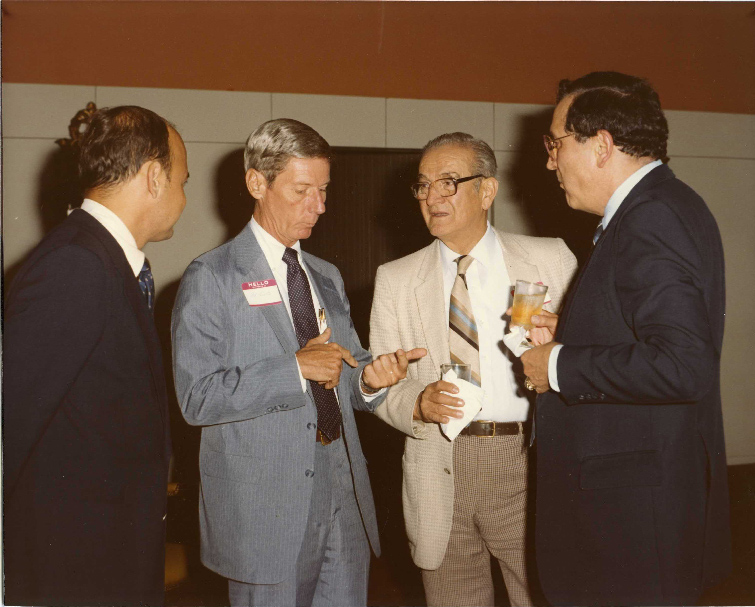
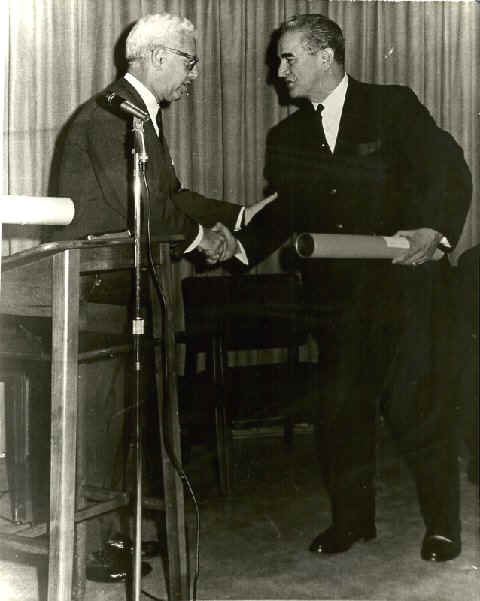 Two
or three mornings a week, the nine ambassadors met with Arthur
Goldberg.
Two
or three mornings a week, the nine ambassadors met with Arthur
Goldberg.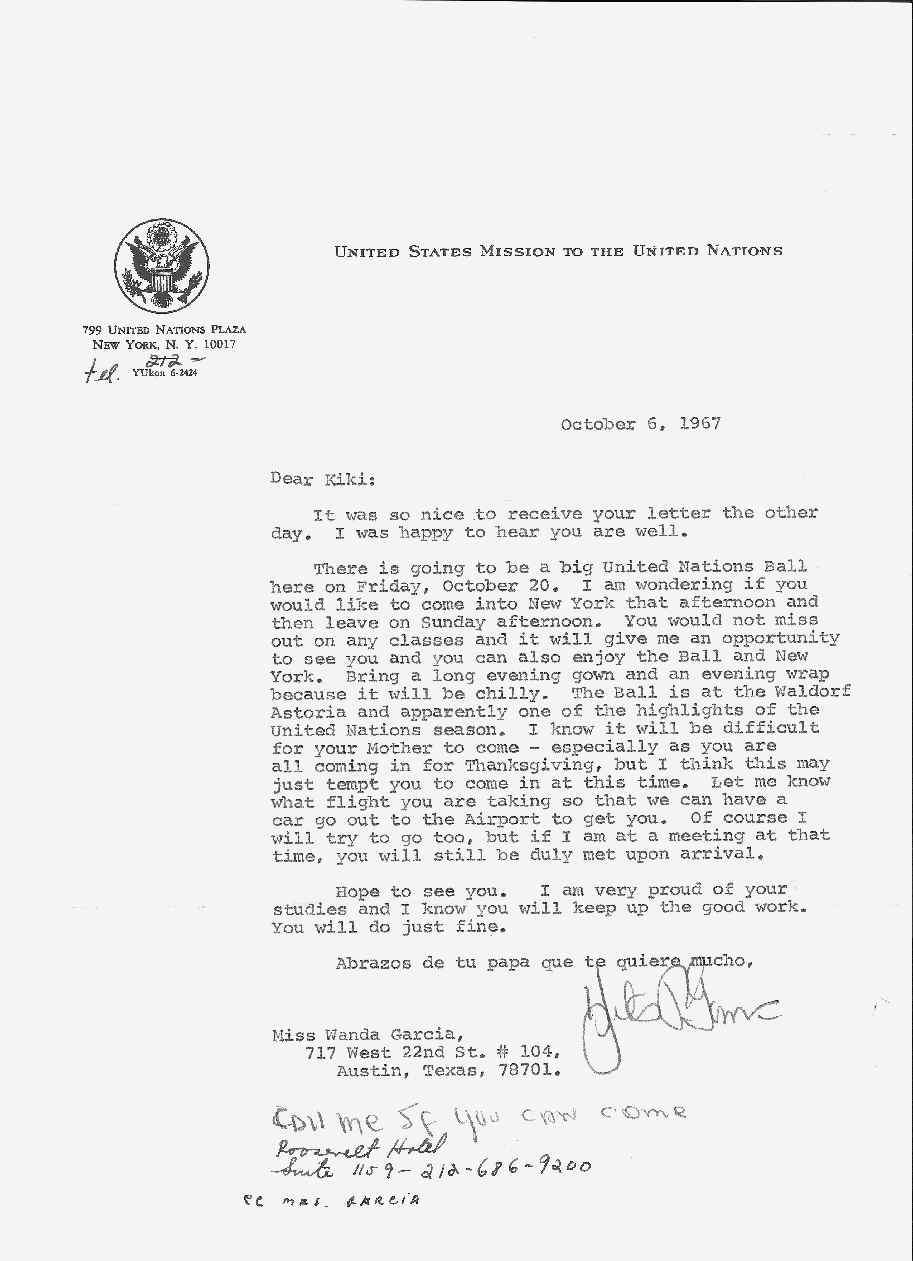

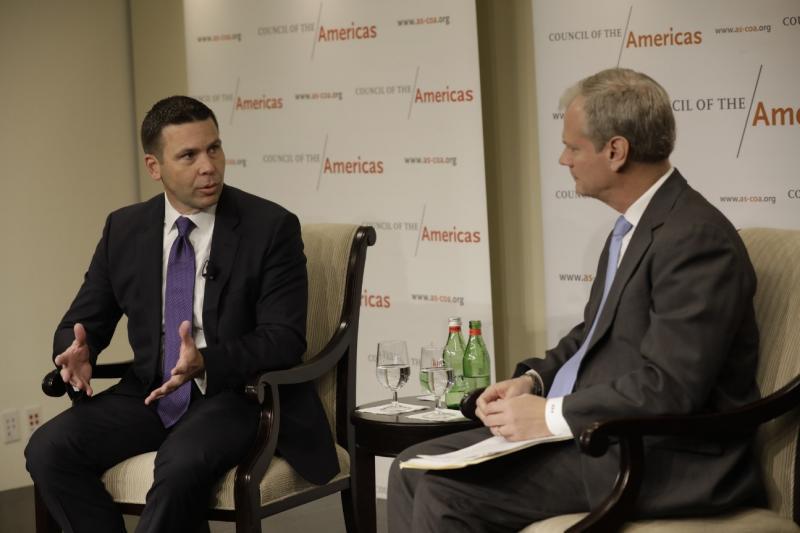 Commissioner
Kevin K. McAleenan answers questions from Eric Farnsworth, vice
president of Americas Society/Council of the Americas, during a forum
Friday at the Carnegie Endowment for International Peace in Washington,
D.C. Photo by Glenn Fawcett
Commissioner
Kevin K. McAleenan answers questions from Eric Farnsworth, vice
president of Americas Society/Council of the Americas, during a forum
Friday at the Carnegie Endowment for International Peace in Washington,
D.C. Photo by Glenn Fawcett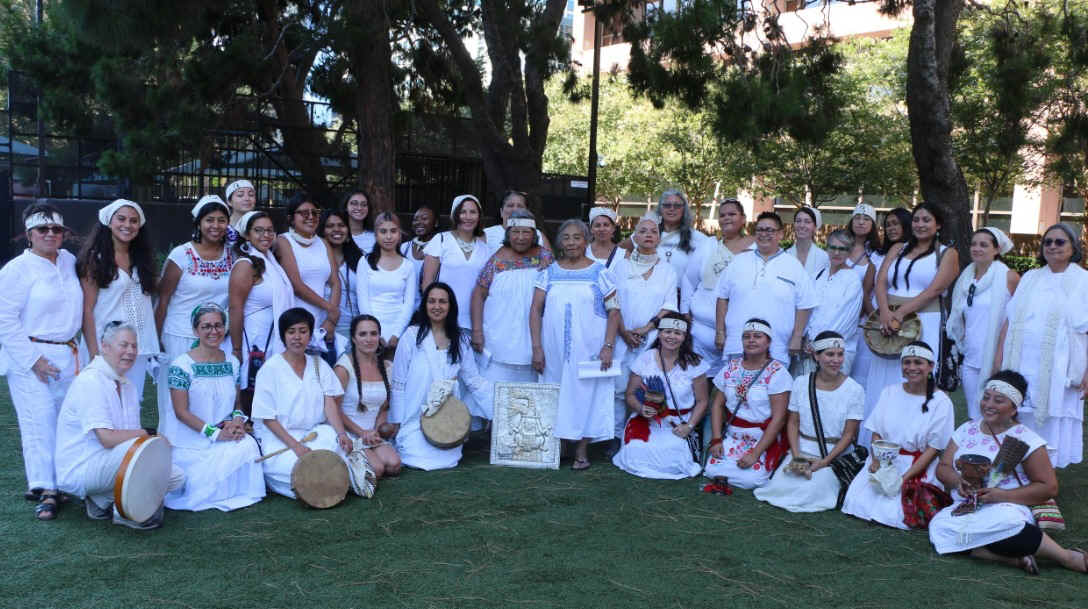


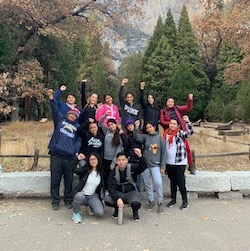

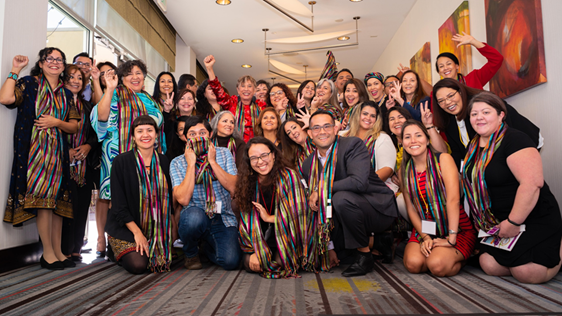
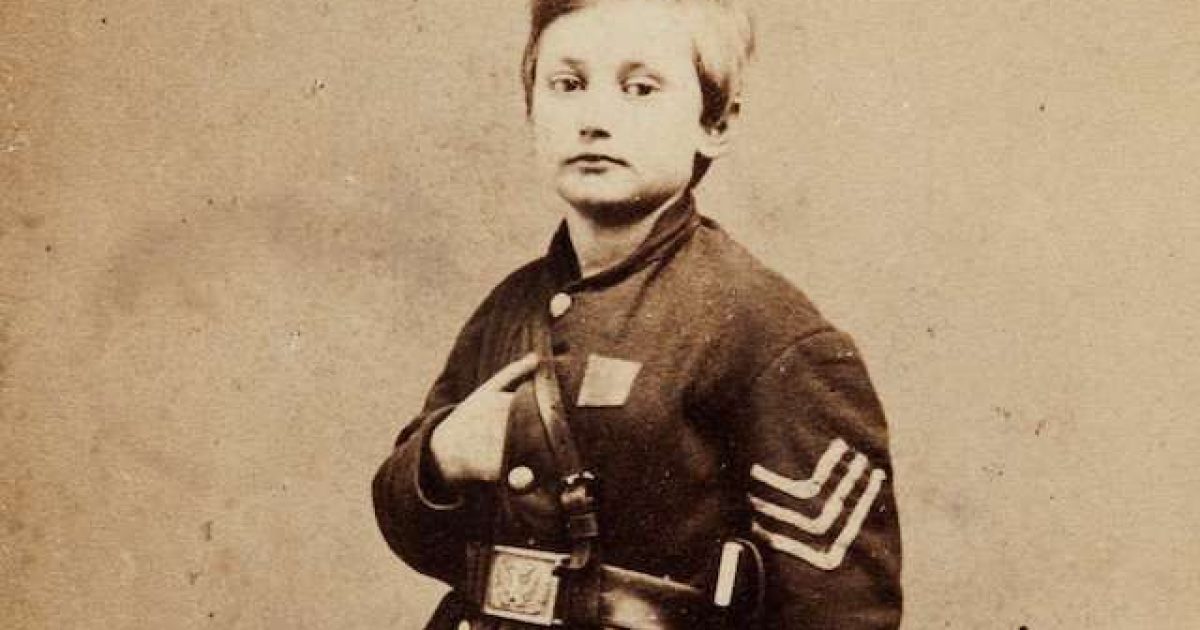
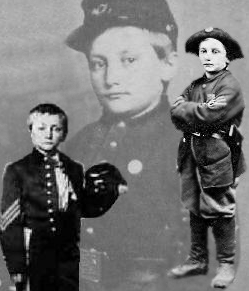
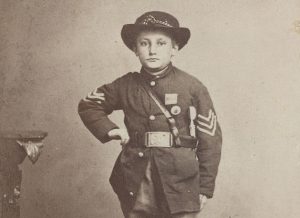 The
next April, at Shiloh, Clem’s drum was smashed by an artillery round
and he became a minor news item as “Johnny Shiloh, The Smallest
Drummer”. A year later, at the Battle Of Chickamauga, he rode an
artillery caisson to the front and wielded a musket trimmed to his
The
next April, at Shiloh, Clem’s drum was smashed by an artillery round
and he became a minor news item as “Johnny Shiloh, The Smallest
Drummer”. A year later, at the Battle Of Chickamauga, he rode an
artillery caisson to the front and wielded a musket trimmed to his 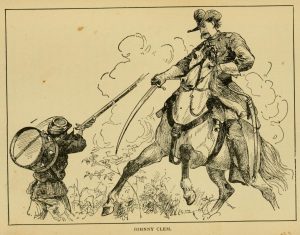 In
one of the Union retreats a Confederate officer ran after the cannon
Clem rode with, and yelled, “Surrender you damned little Yankee!”
Johnny shot him dead. This pluck won for Clem national attention and the
name “Drummer Boy of Chickamauga.”
In
one of the Union retreats a Confederate officer ran after the cannon
Clem rode with, and yelled, “Surrender you damned little Yankee!”
Johnny shot him dead. This pluck won for Clem national attention and the
name “Drummer Boy of Chickamauga.”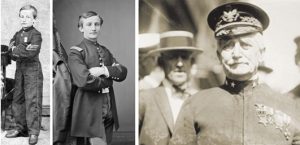 Clem
stayed with the Army through the war, served as a courier, and was
wounded twice. Between Shiloh and Chickamauga he was regularly enrolled
in the service, began receiving his own pay, and was soon-after promoted
to the rank of Sergeant. He was only 12 years old. After the Civil War
he tried to enter West Point but was turned down because of his slim
education.
Clem
stayed with the Army through the war, served as a courier, and was
wounded twice. Between Shiloh and Chickamauga he was regularly enrolled
in the service, began receiving his own pay, and was soon-after promoted
to the rank of Sergeant. He was only 12 years old. After the Civil War
he tried to enter West Point but was turned down because of his slim
education.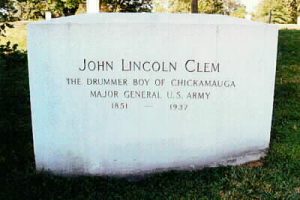
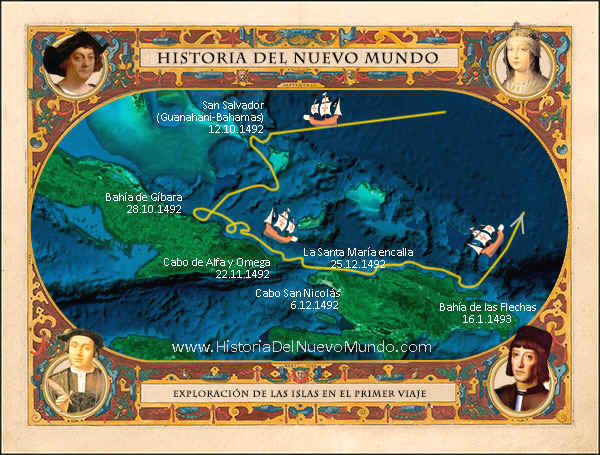
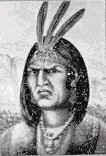 En
esta isla se encontraron tribus más
organizadas que las que había podido
ver previamente, en ella conocieron al
cacique
En
esta isla se encontraron tribus más
organizadas que las que había podido
ver previamente, en ella conocieron al
cacique 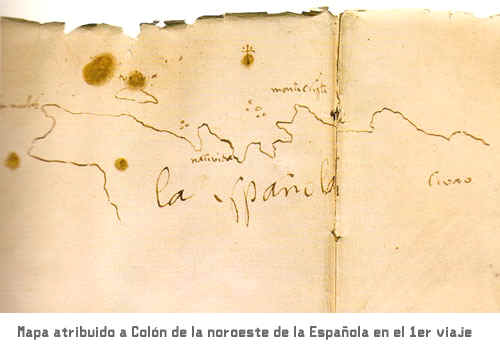

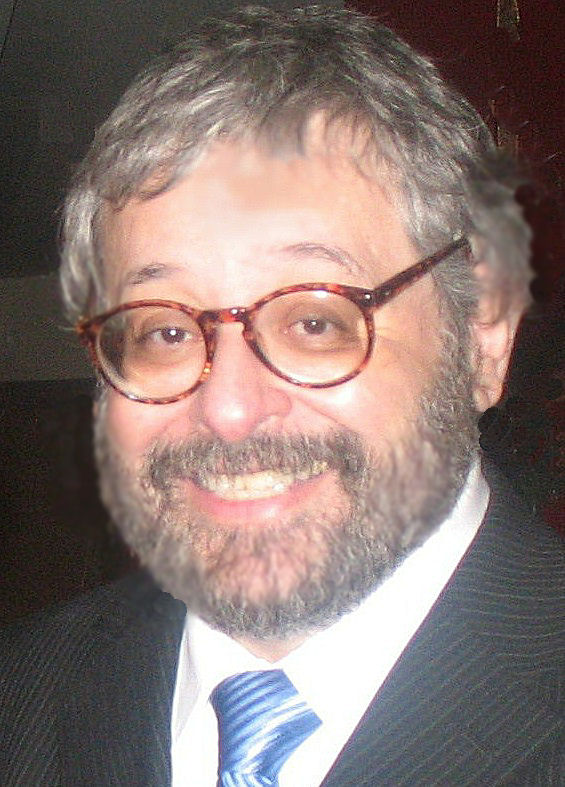



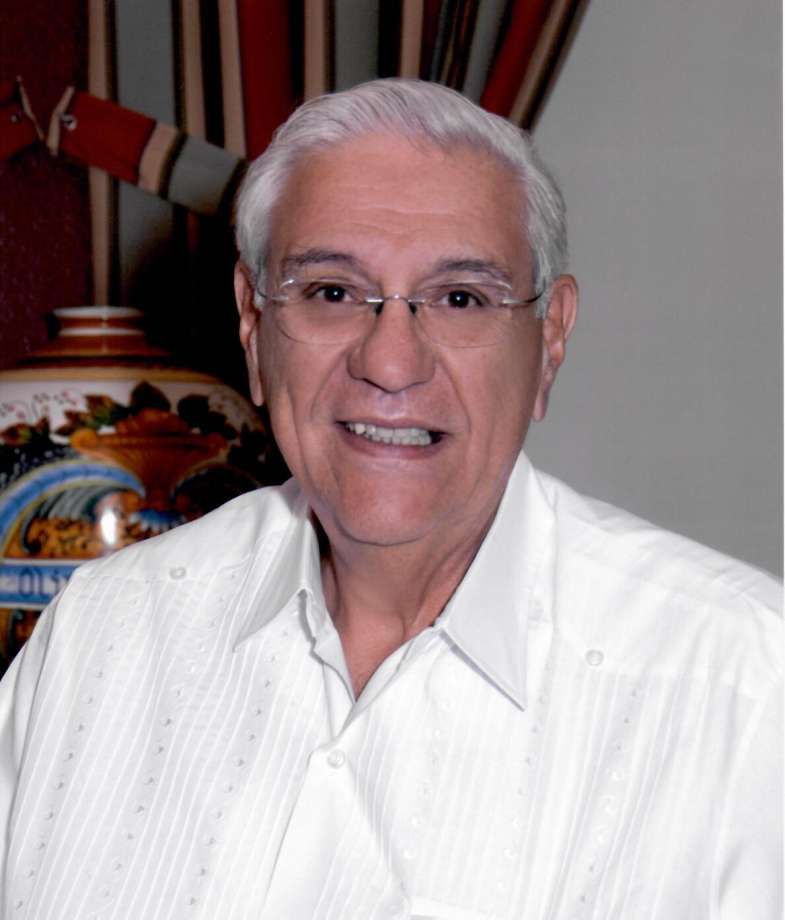
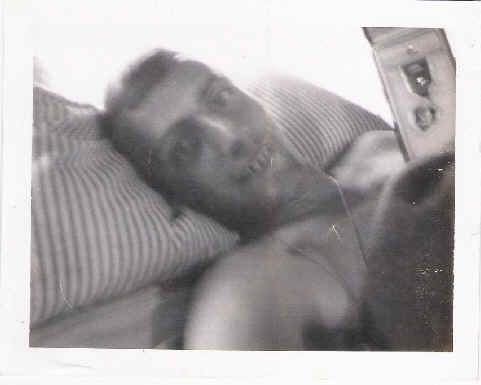

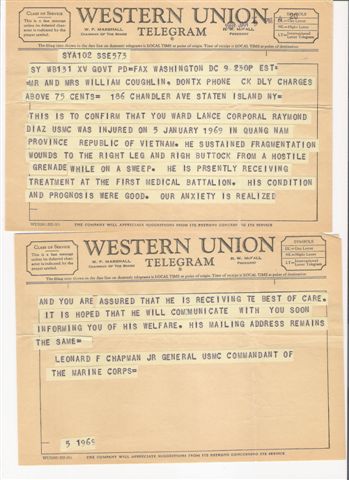
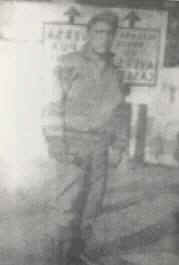
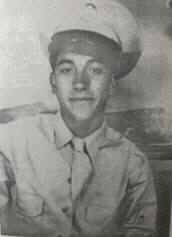
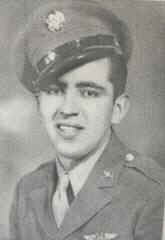
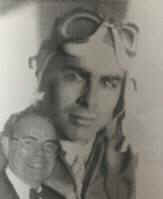
 publicado
en Nuestra Raíces Vol. 9, No. 4, Winter 1997:
publicado
en Nuestra Raíces Vol. 9, No. 4, Winter 1997: 
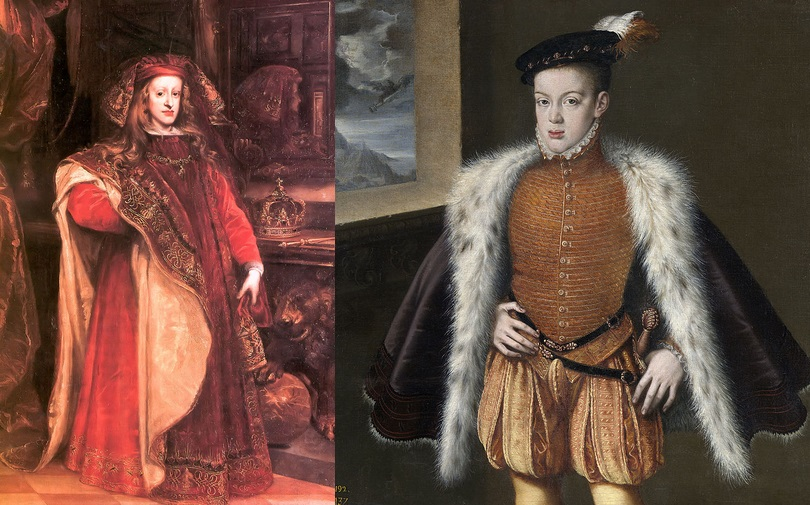
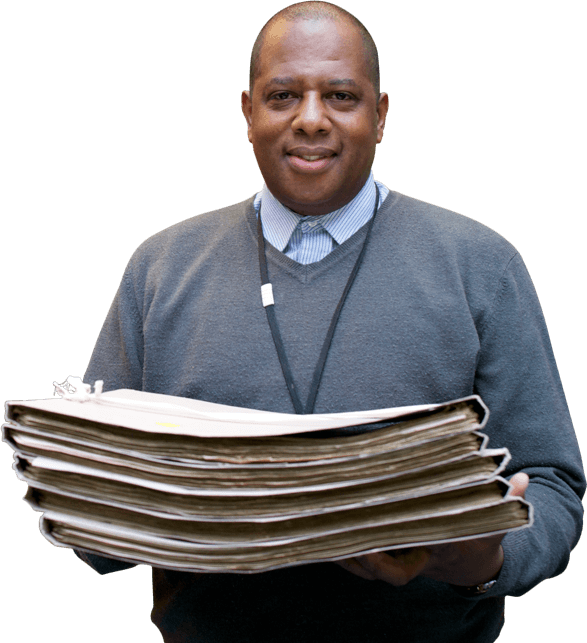
 Search our billions of records to discover more about your genealogy
Search our billions of records to discover more about your genealogy









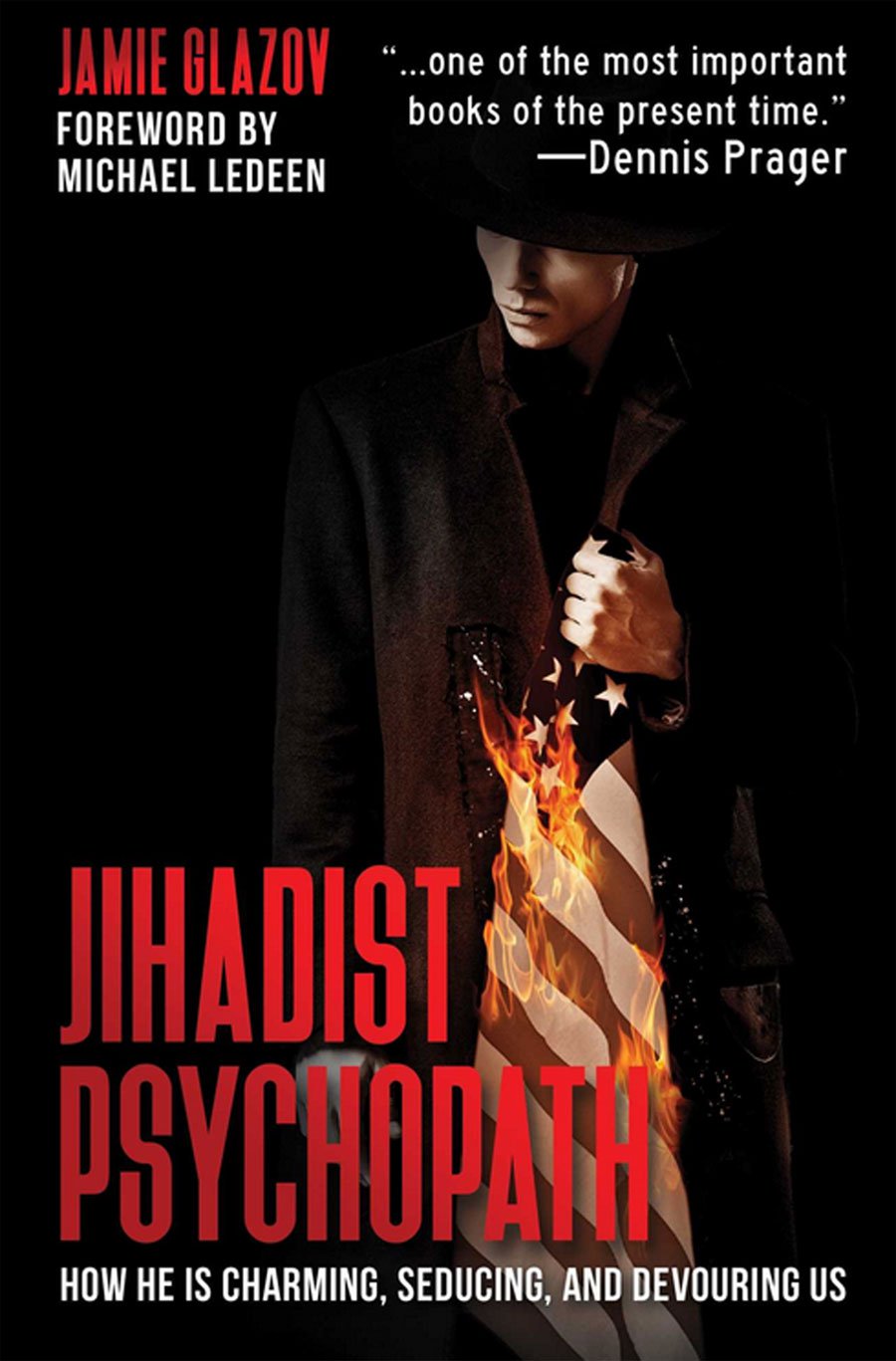
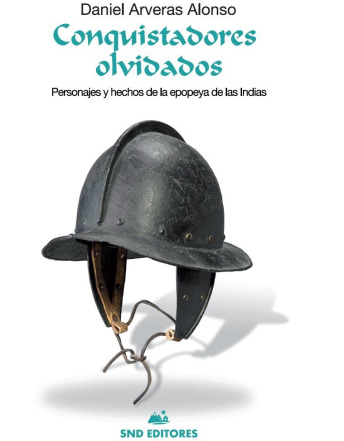
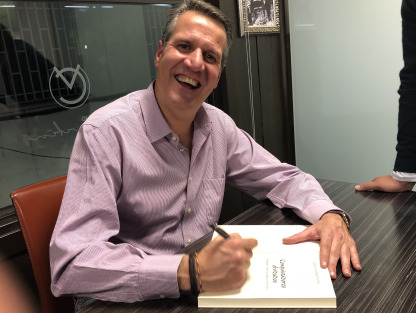 Hoy,
por diferentes motivos, apenas se recuerda este episodio clave en la
Historia de España, de América y del Mundo. Y cuando se menciona,
suele hacerse para denigrarlo, dominado como sigue por una poderosa
leyenda negra que todo lo envuelve por razones ideológicas ajenas al
más mínimo rigor con el que deberíamos todos aproximarnos a lo que
comenzó hace ya más de 500 años, tratando de comprender y sin juzgar
con nuestra mentalidad del siglo XXI…
Hoy,
por diferentes motivos, apenas se recuerda este episodio clave en la
Historia de España, de América y del Mundo. Y cuando se menciona,
suele hacerse para denigrarlo, dominado como sigue por una poderosa
leyenda negra que todo lo envuelve por razones ideológicas ajenas al
más mínimo rigor con el que deberíamos todos aproximarnos a lo que
comenzó hace ya más de 500 años, tratando de comprender y sin juzgar
con nuestra mentalidad del siglo XXI…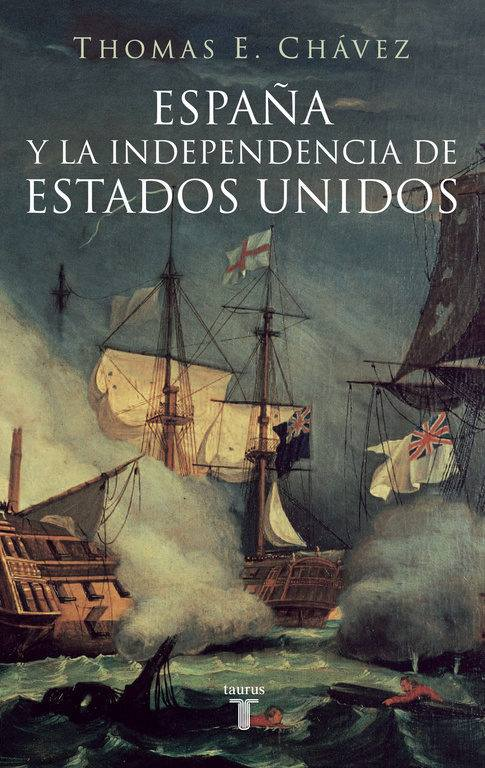
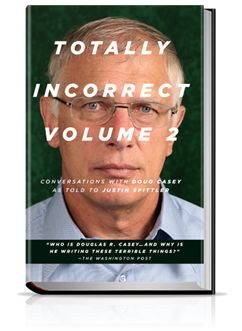 An
American author and millionaire investor named Doug Casey might have
written the media's least favorite book... It's called Totally Incorrect
Volume 2 and it was just released by an independent publisher.
An
American author and millionaire investor named Doug Casey might have
written the media's least favorite book... It's called Totally Incorrect
Volume 2 and it was just released by an independent publisher.
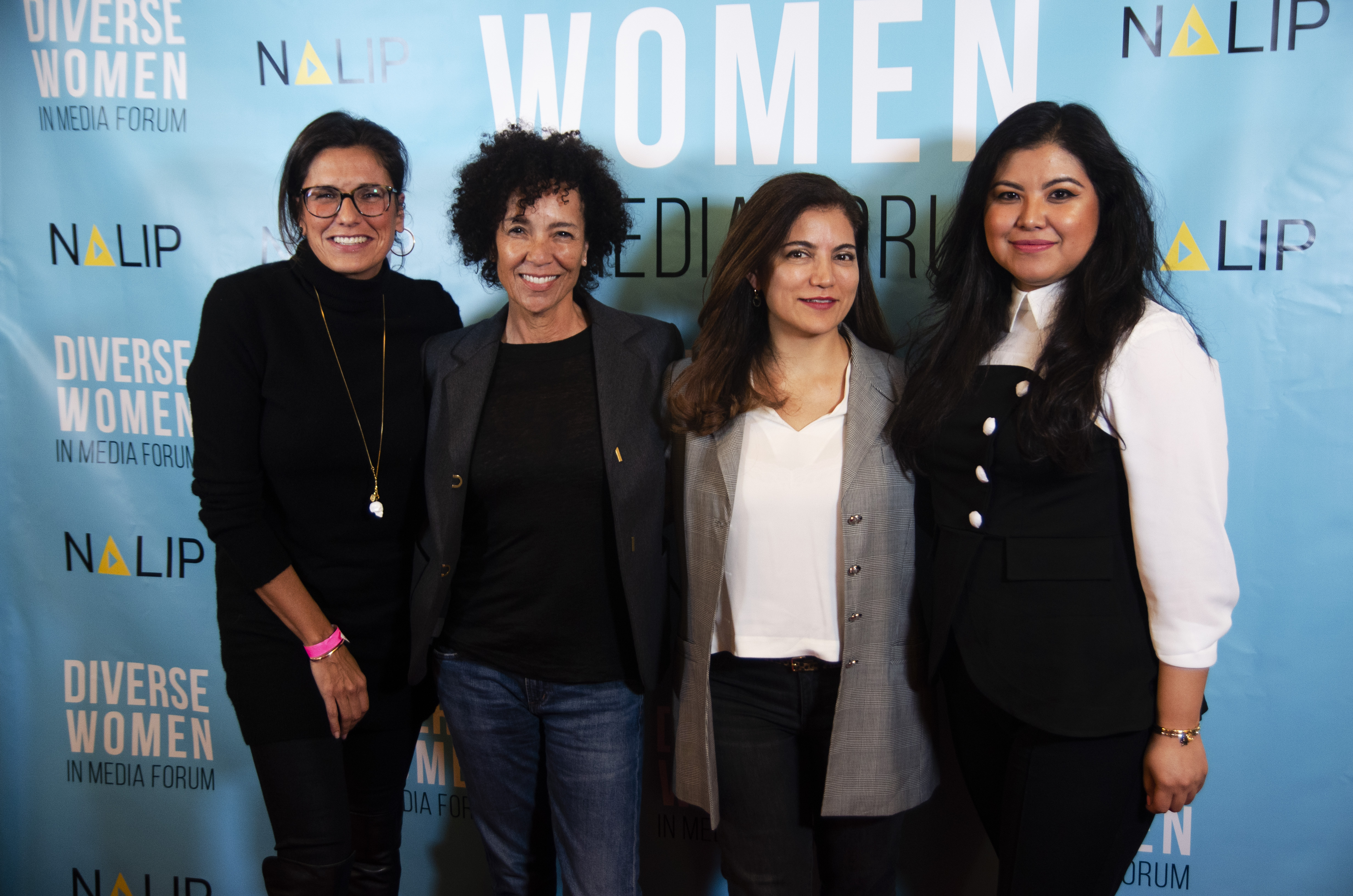

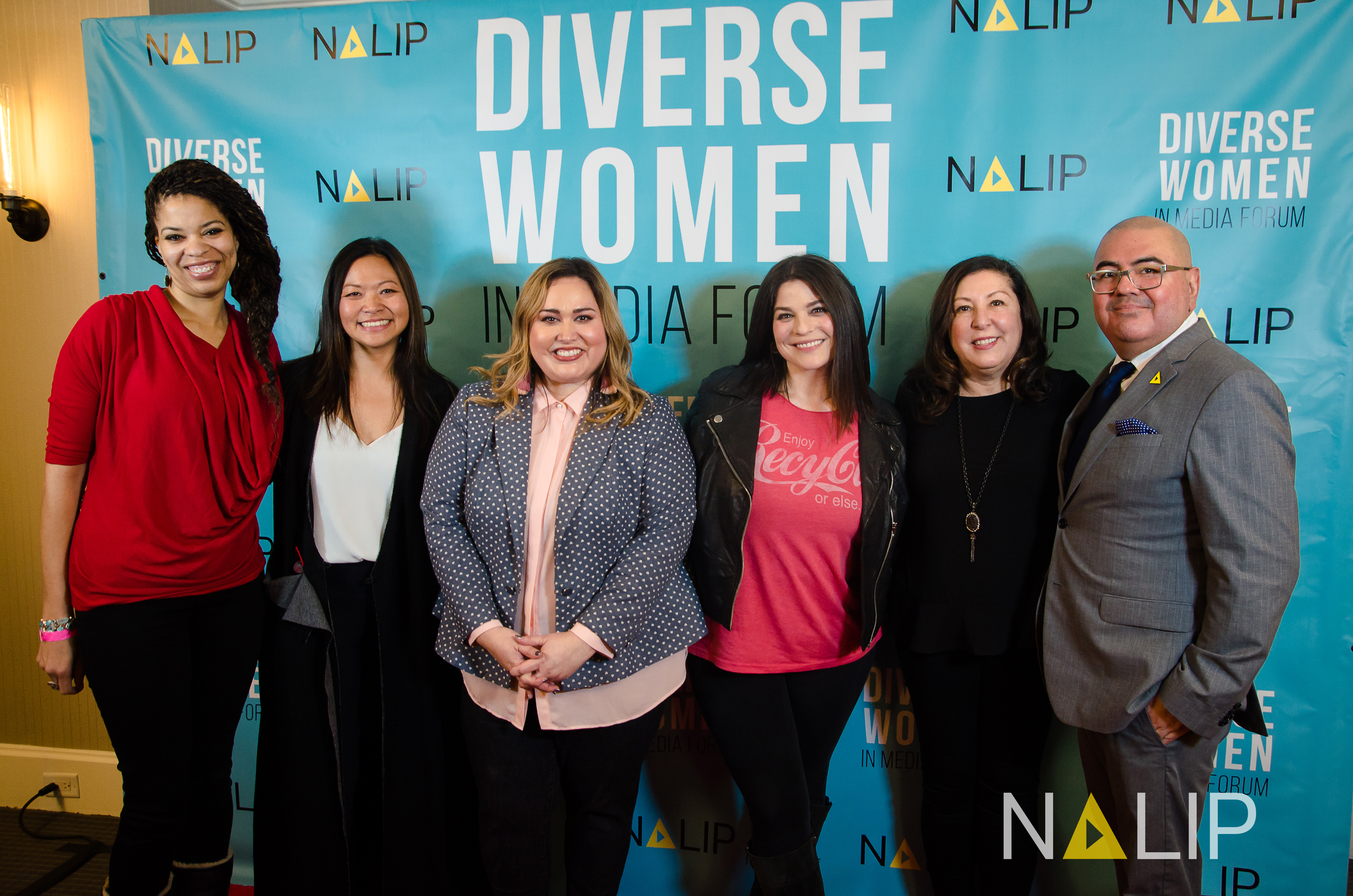
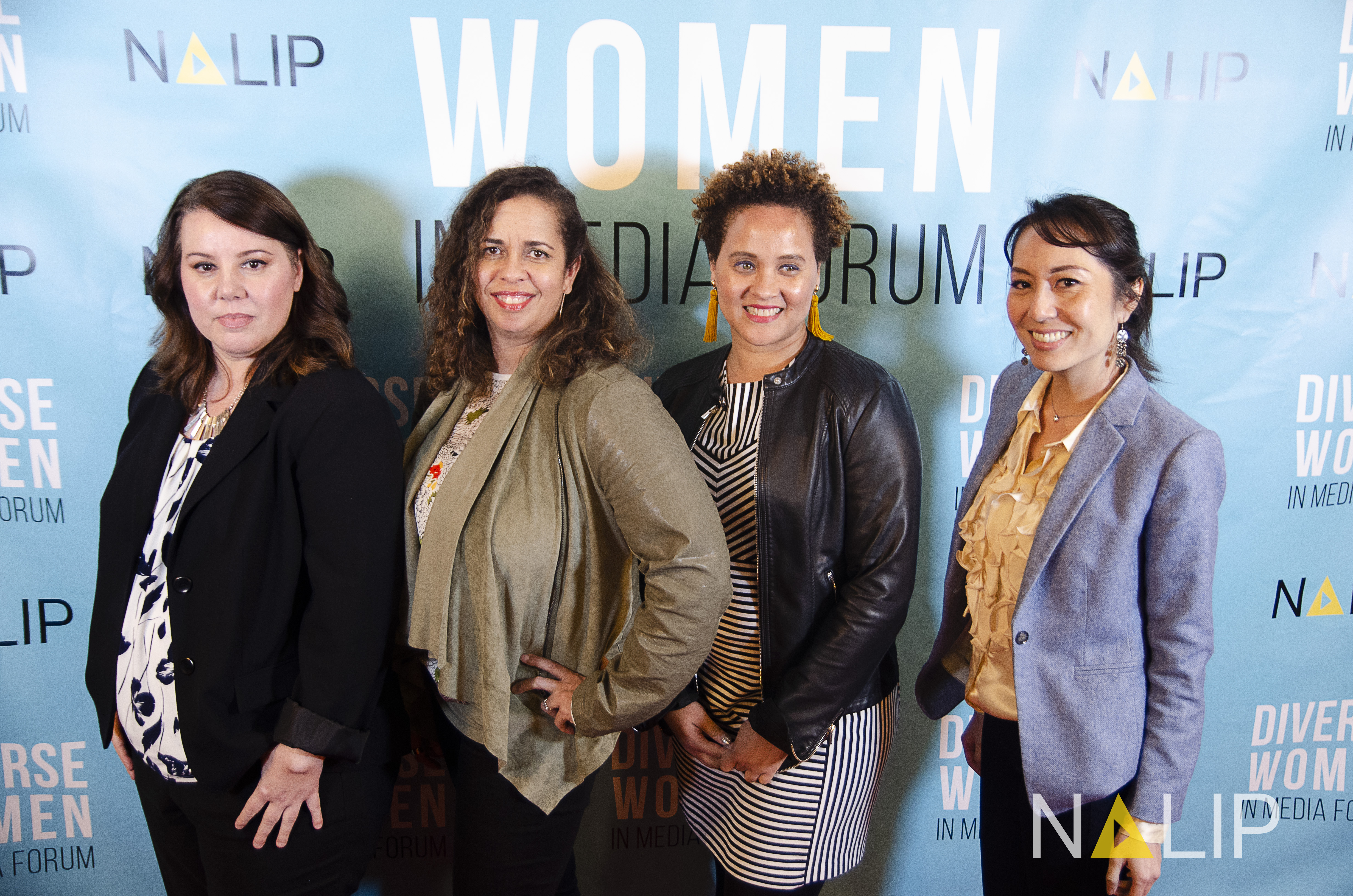
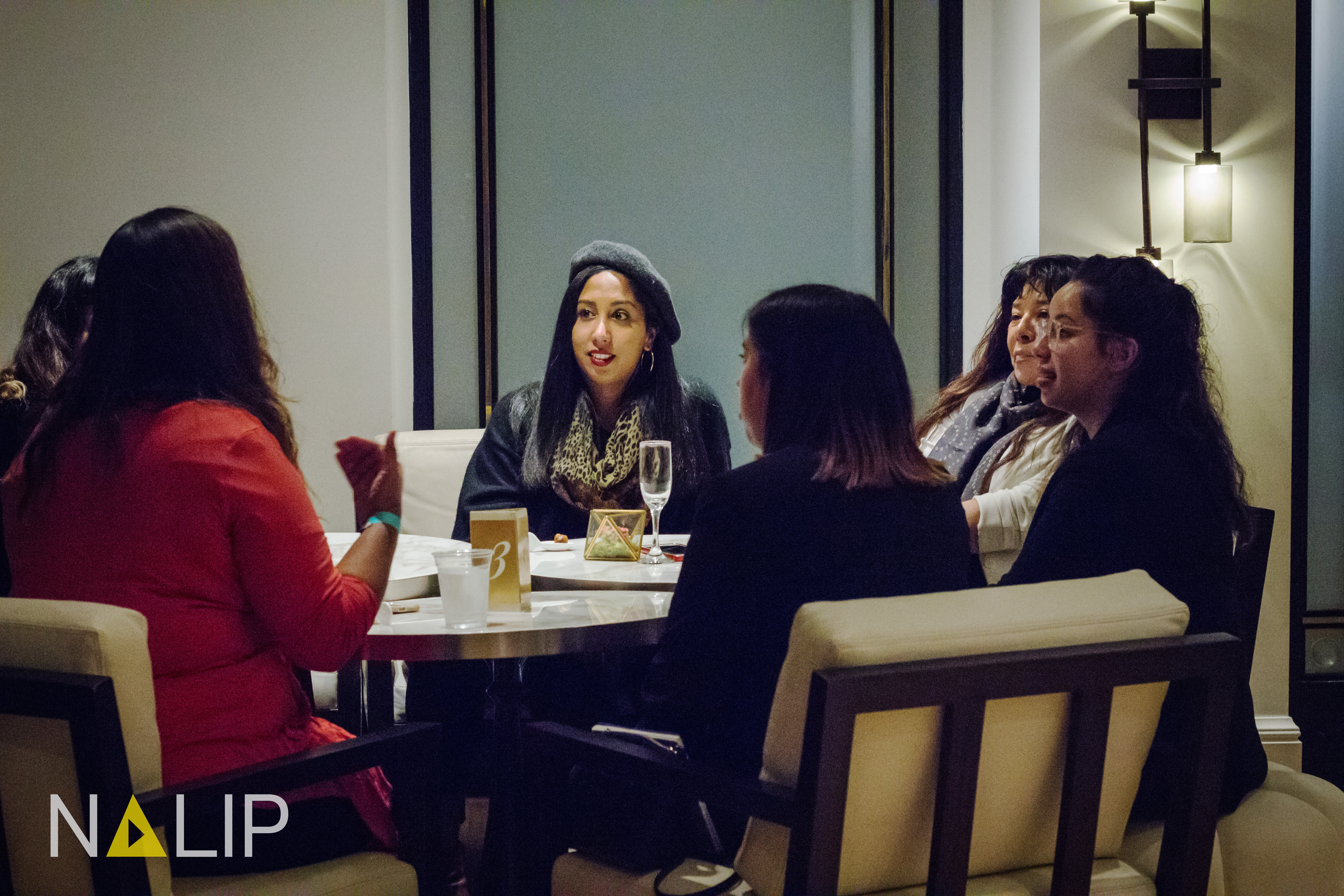


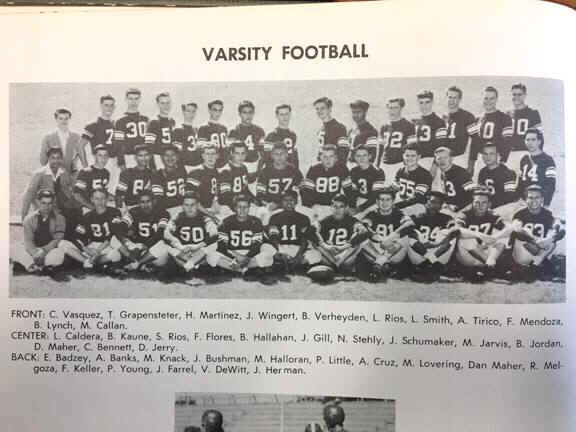

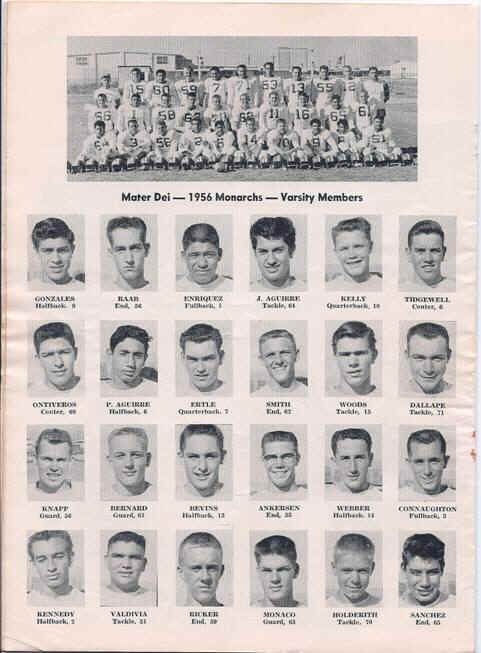
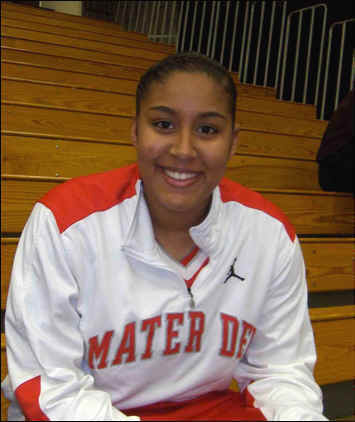

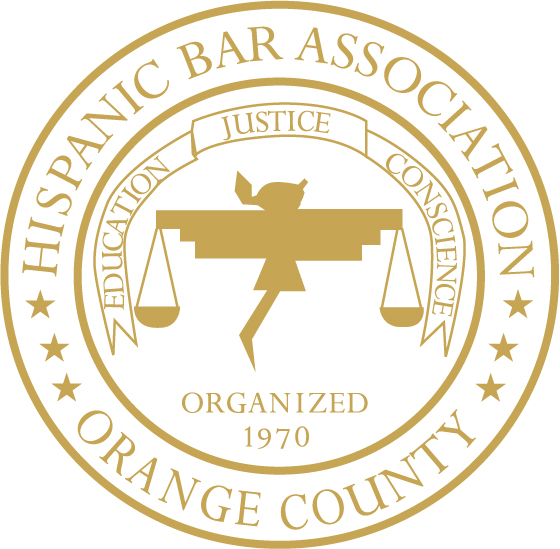
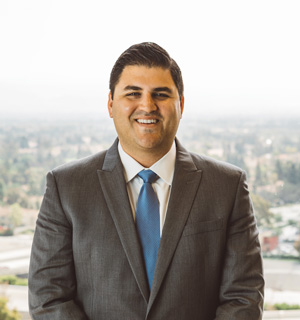
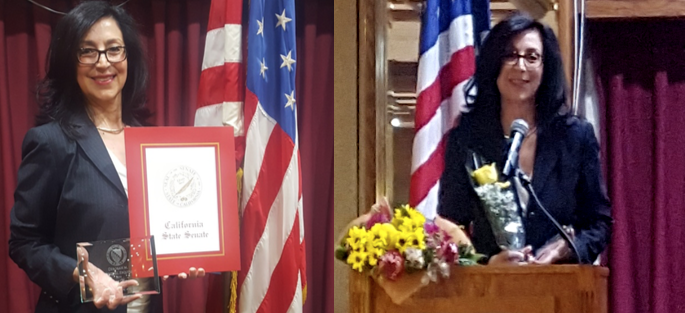
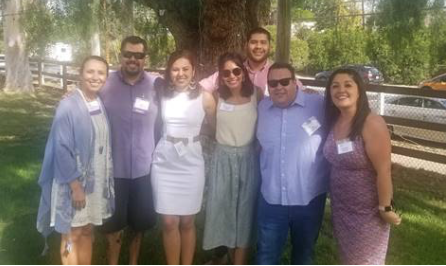
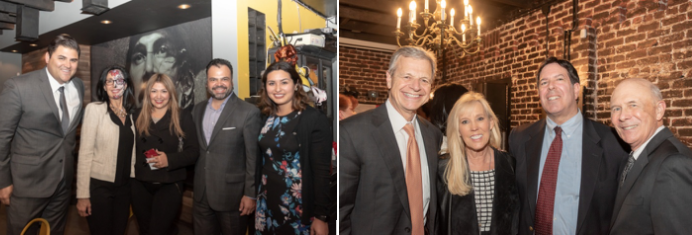
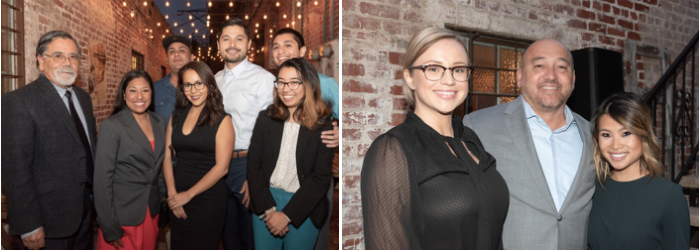
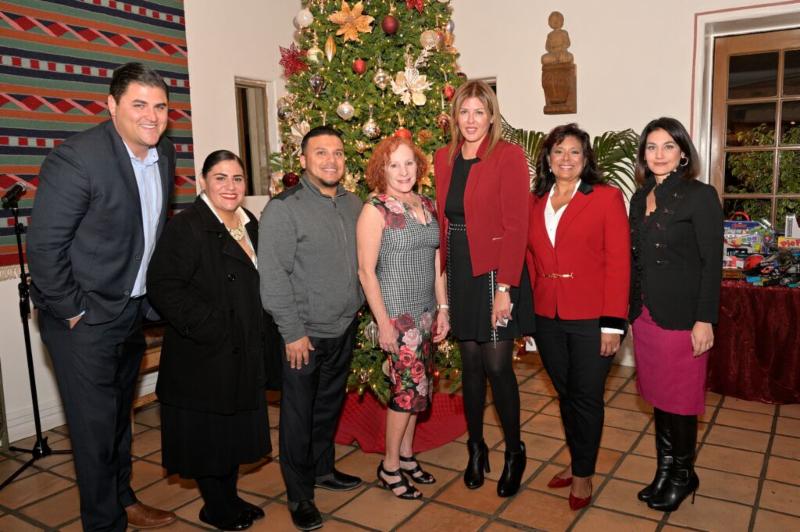
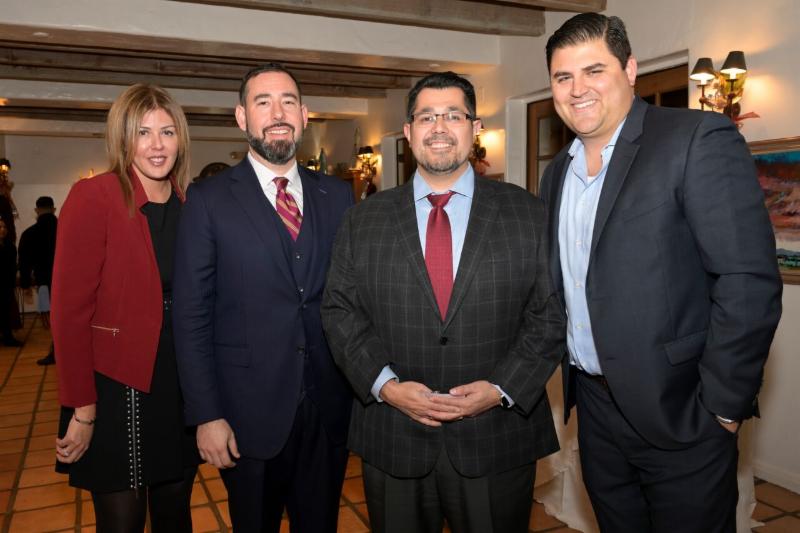
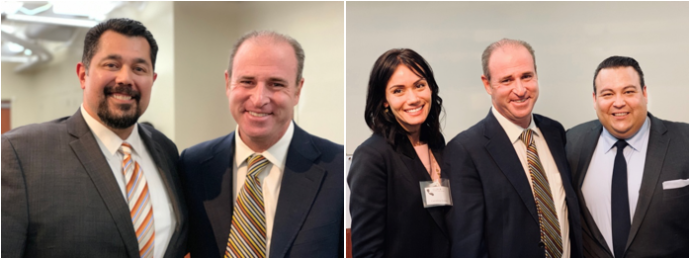
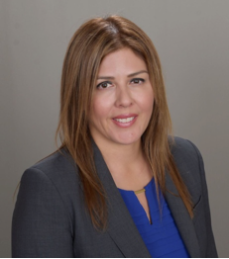
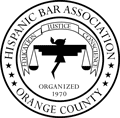

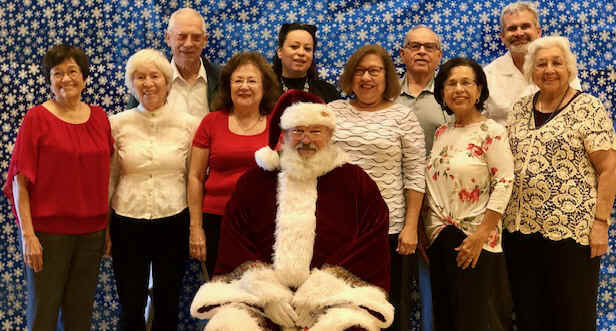
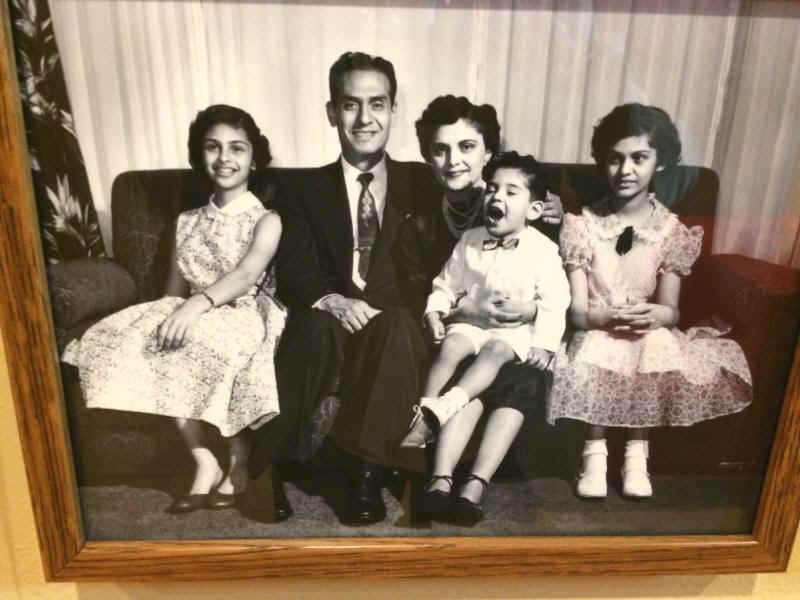
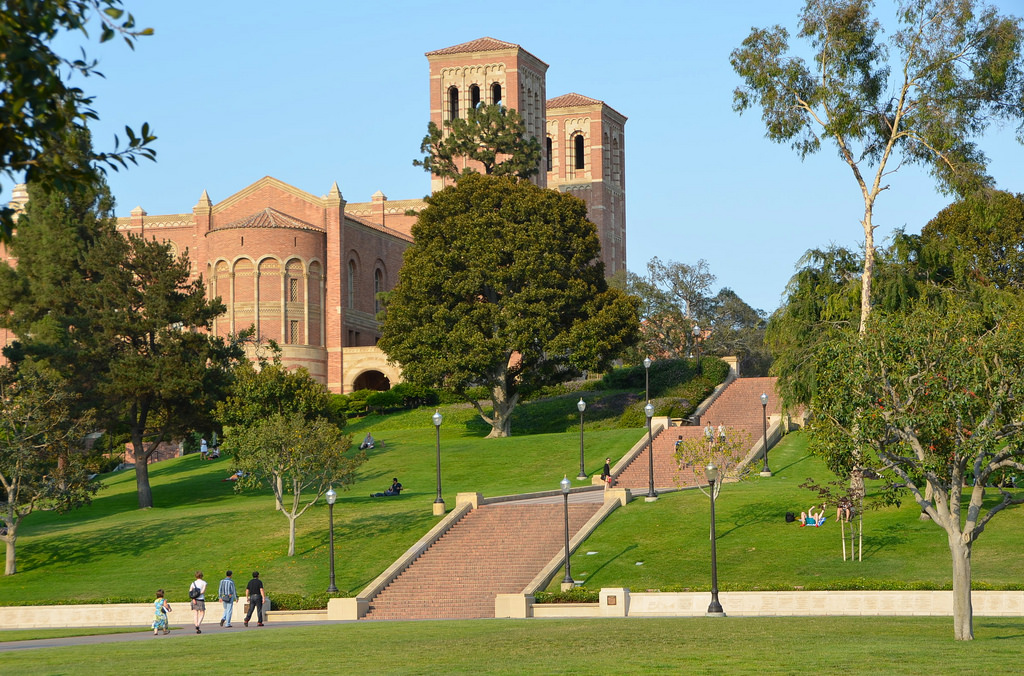
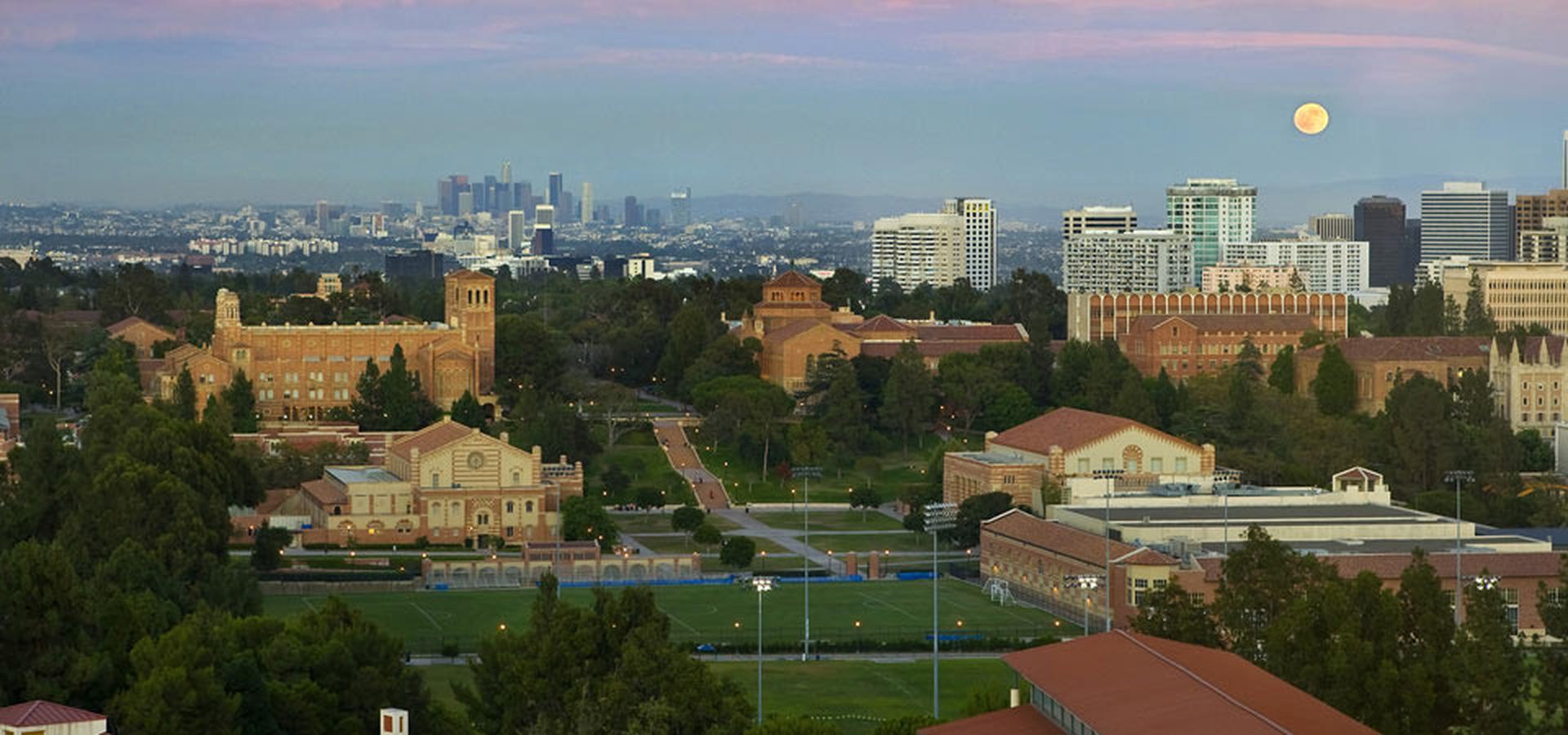
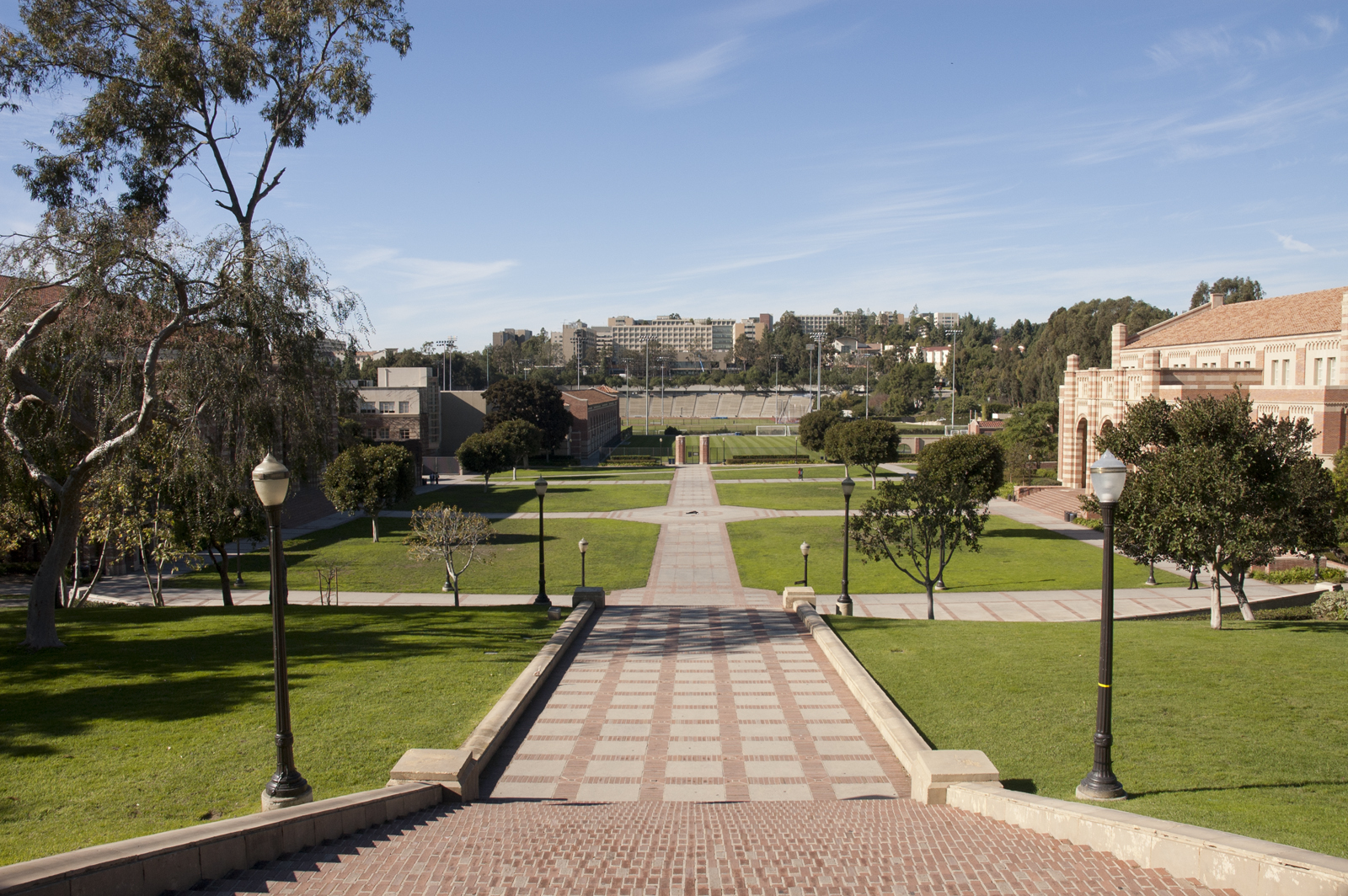
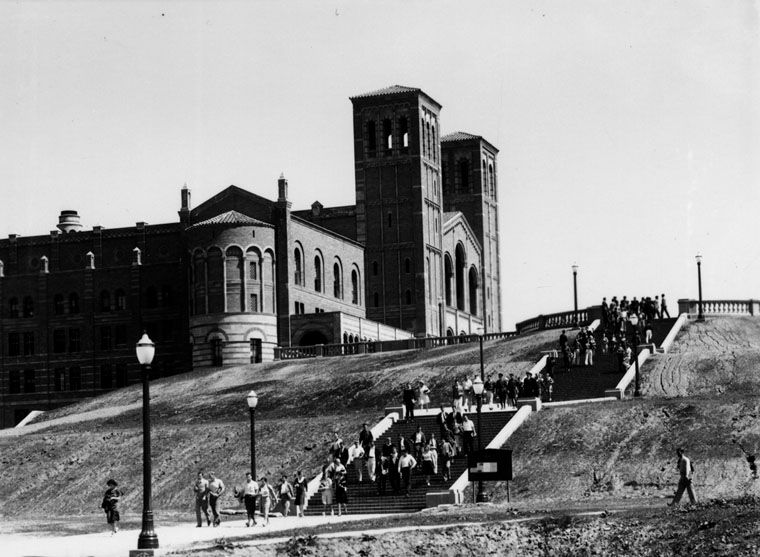
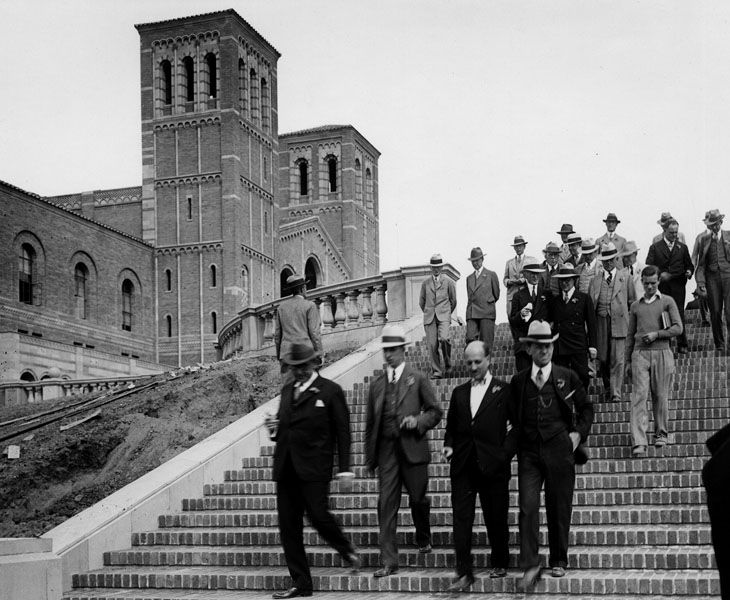
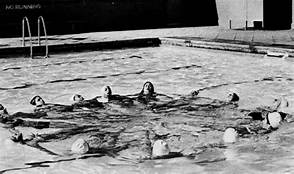

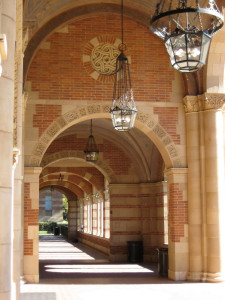 I
attended the tryouts, but there were hundreds of female soloists
trying out.
I
attended the tryouts, but there were hundreds of female soloists
trying out.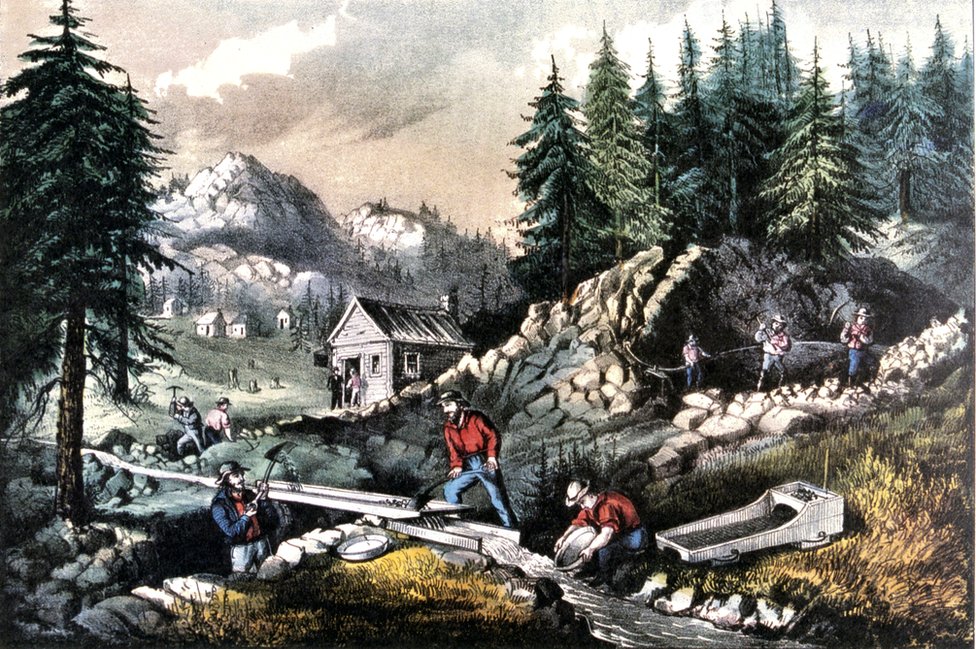





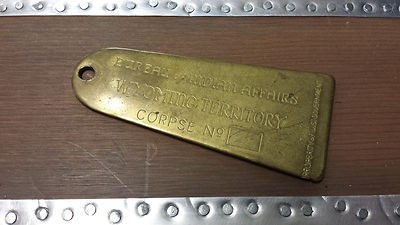 This
is an original US Government corpse tag. It is solid brass and in
excellent condition. The corpse number is blank and according to my
research this means the tag was NOT used. Commonly called a "Toe
Tag". Made of solid brass in a tapered tombstone form. Unused, not
stamped or numbered, and shows print very well. Displays nicely.
This
is an original US Government corpse tag. It is solid brass and in
excellent condition. The corpse number is blank and according to my
research this means the tag was NOT used. Commonly called a "Toe
Tag". Made of solid brass in a tapered tombstone form. Unused, not
stamped or numbered, and shows print very well. Displays nicely. 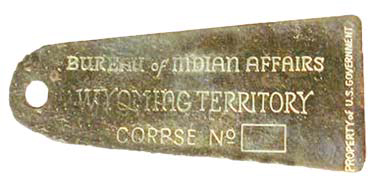 First
called the Office of Indian Affairs, the agency was created as a
division in 1824 within the War Department . Similar agencies had
existed in the U.S. government since 1775, when the Second Continental
Congress created a trio of Indian-related agencies. Benjamin Franklin
and Patrick Henry were appointed among the early commissioners to
negotiate treaties with Native Americans to obtain their neutrality
during the American Revolutionary War .
First
called the Office of Indian Affairs, the agency was created as a
division in 1824 within the War Department . Similar agencies had
existed in the U.S. government since 1775, when the Second Continental
Congress created a trio of Indian-related agencies. Benjamin Franklin
and Patrick Henry were appointed among the early commissioners to
negotiate treaties with Native Americans to obtain their neutrality
during the American Revolutionary War .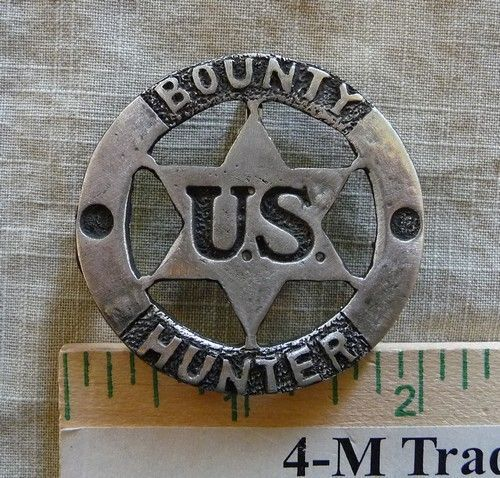
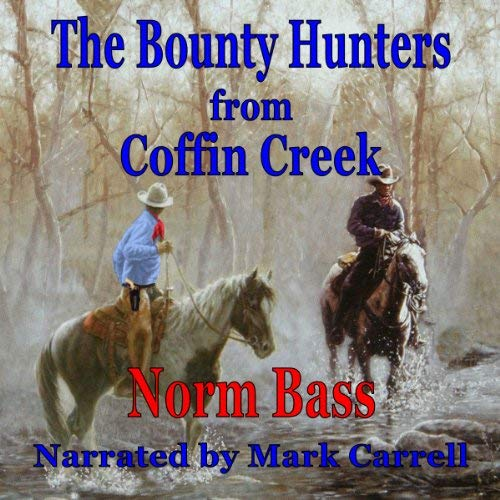
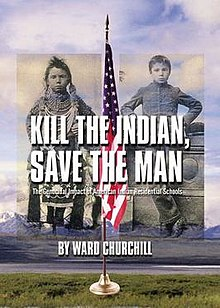

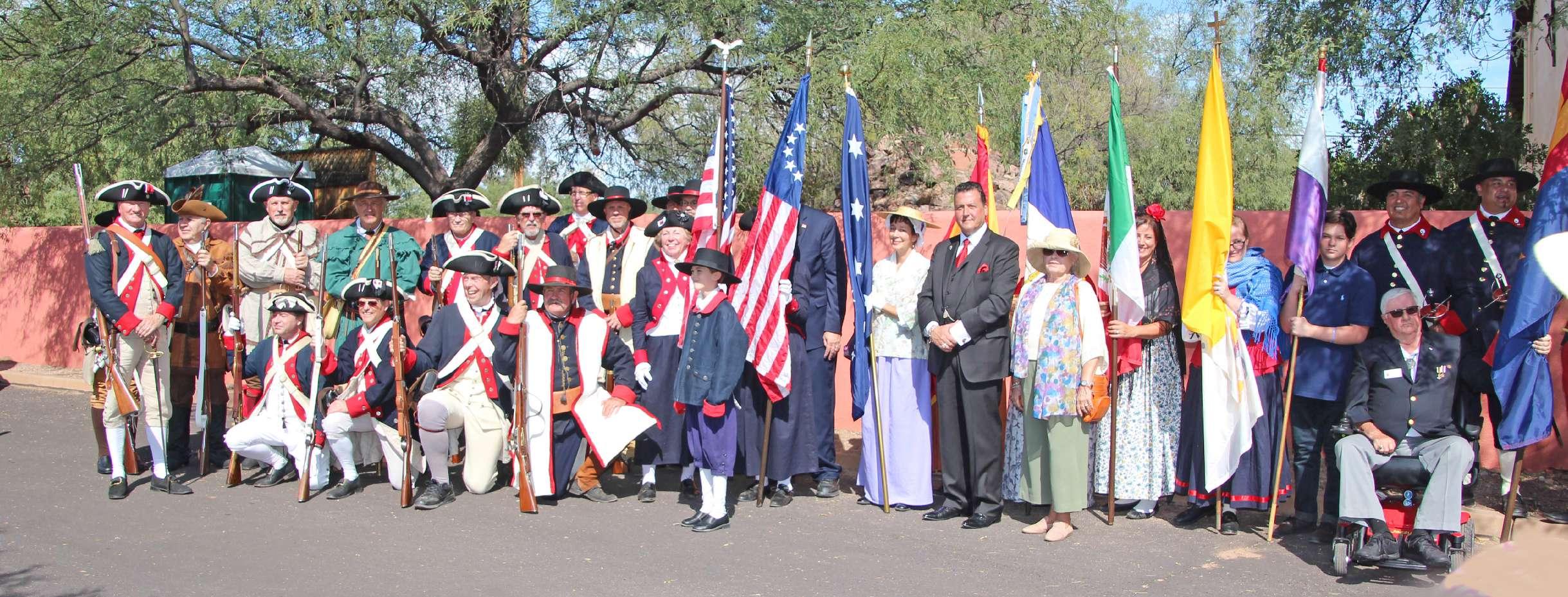
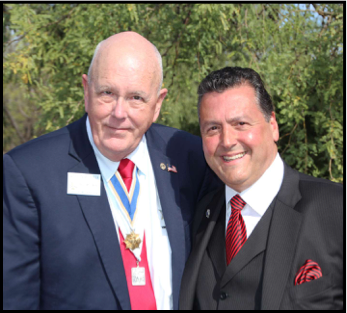
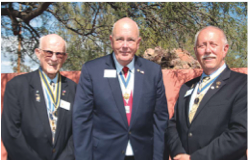 Participating in the grave-marking ceremony were President General
Warren Alter, AZSSAR State President James Skaggs, CASSAR State
President Derek Brown, Tucson Chapter President William Aurand,
Kachina Chapter of the C.A.R. President Max Pierce, the AZSSAR Color
Guard and the Juan Bautista de Anza National Historic Trail Color
Guard and its commanders.
Participating in the grave-marking ceremony were President General
Warren Alter, AZSSAR State President James Skaggs, CASSAR State
President Derek Brown, Tucson Chapter President William Aurand,
Kachina Chapter of the C.A.R. President Max Pierce, the AZSSAR Color
Guard and the Juan Bautista de Anza National Historic Trail Color
Guard and its commanders.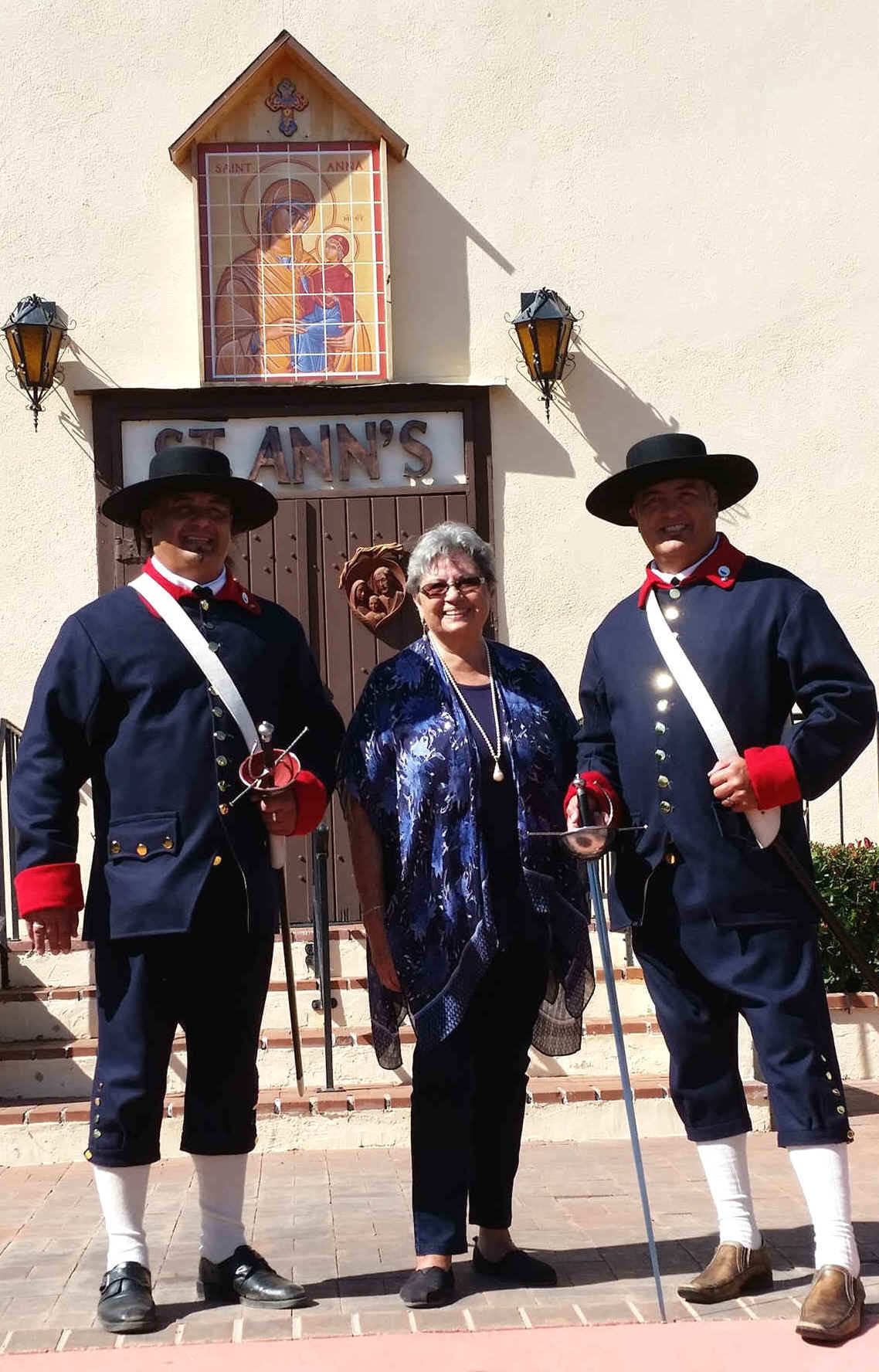

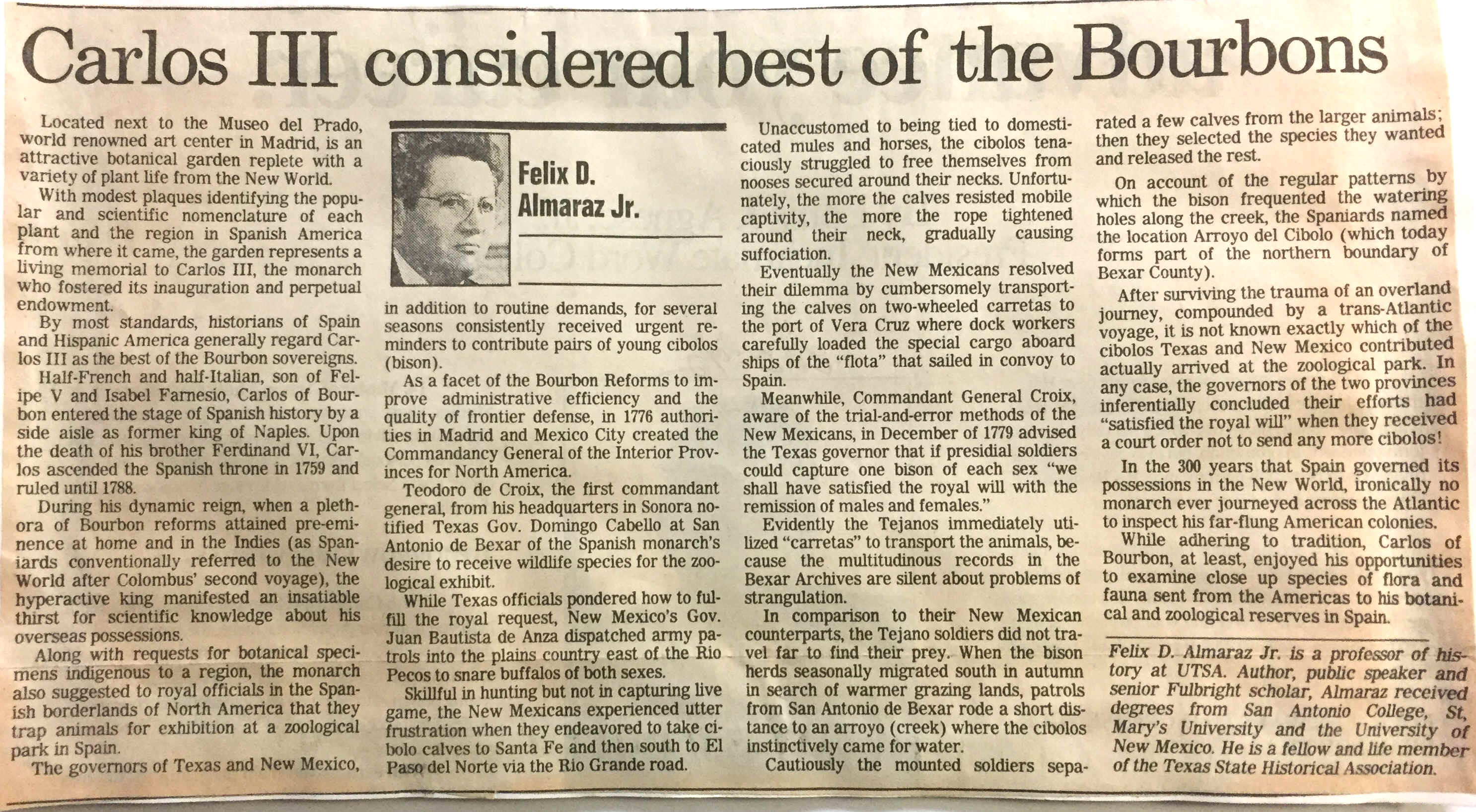
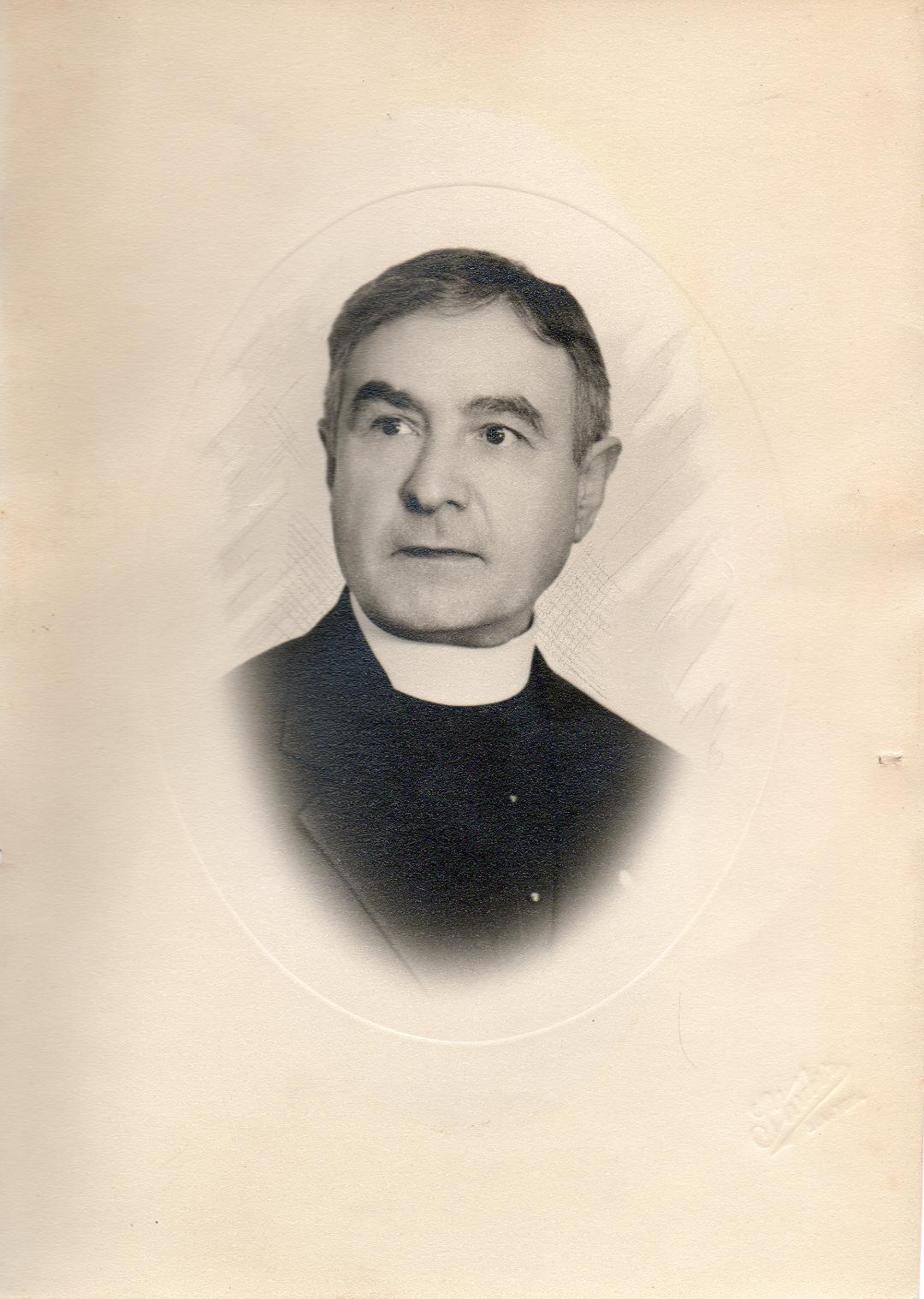

 The
TV Schedule for the evening of January 1st was: (NBC)
College Football, News (Swayze), Dave Garoway, Winchell and Mahoney,
The Big Story, Soundstage and Boxing. (CBS) Ozzie and Harriet, Dahl
Playhouse, Pride of the Family, Comeback, Studio 5 and Red Barn
Frolic. (ABC): News (Douglas Edwards, Perry Como, Who do You Know?/
Film Variety, Topper, Playhouse of Stars, Our Miss Brooks and My
Friend Irma. The newspaper included “Marriage Licenses” followed
by the names – and below “Divorce Suits.” Automobile advertising
were a big part of the newspaper; which included the new 1954 models;
Ford, Chevrolet and Plymouth.
The
TV Schedule for the evening of January 1st was: (NBC)
College Football, News (Swayze), Dave Garoway, Winchell and Mahoney,
The Big Story, Soundstage and Boxing. (CBS) Ozzie and Harriet, Dahl
Playhouse, Pride of the Family, Comeback, Studio 5 and Red Barn
Frolic. (ABC): News (Douglas Edwards, Perry Como, Who do You Know?/
Film Variety, Topper, Playhouse of Stars, Our Miss Brooks and My
Friend Irma. The newspaper included “Marriage Licenses” followed
by the names – and below “Divorce Suits.” Automobile advertising
were a big part of the newspaper; which included the new 1954 models;
Ford, Chevrolet and Plymouth.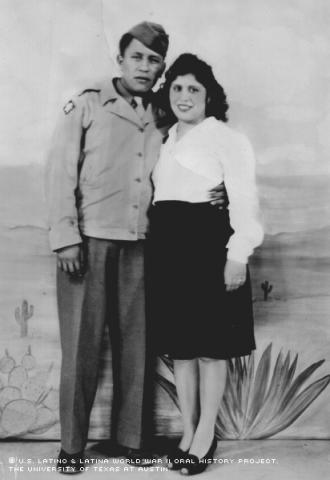

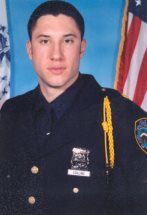

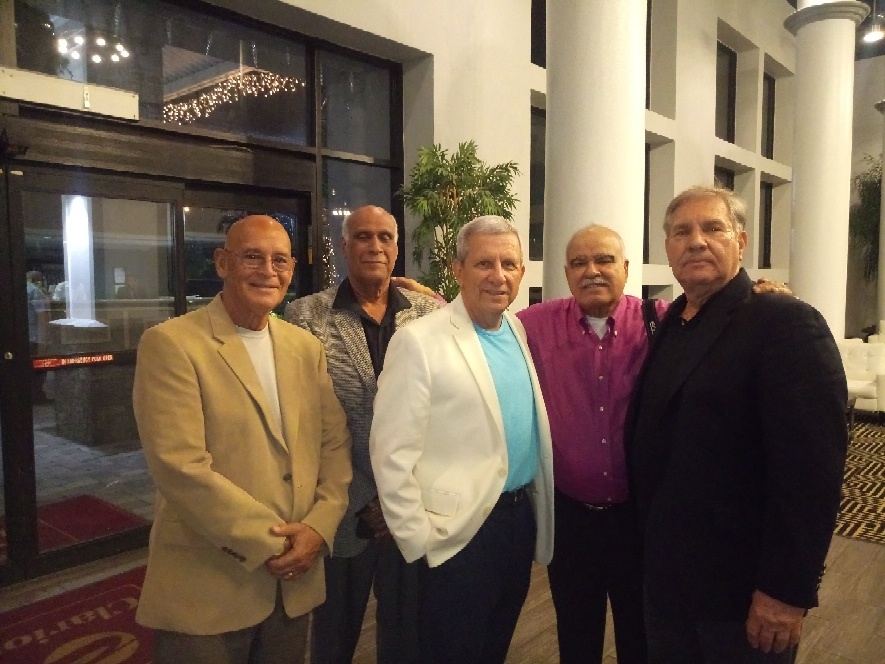
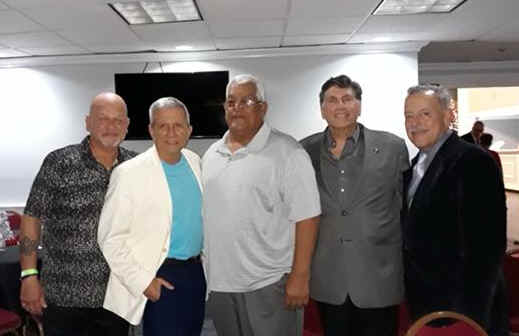

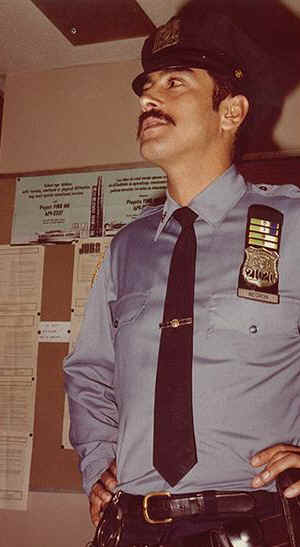
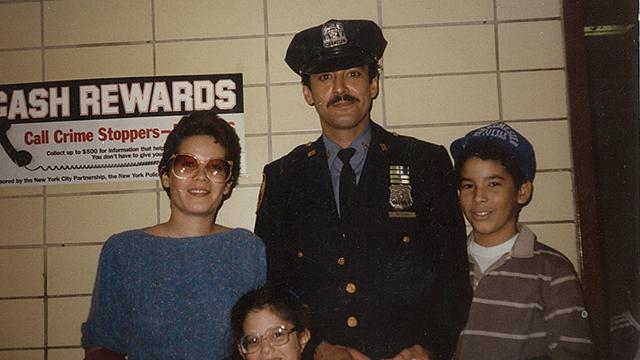
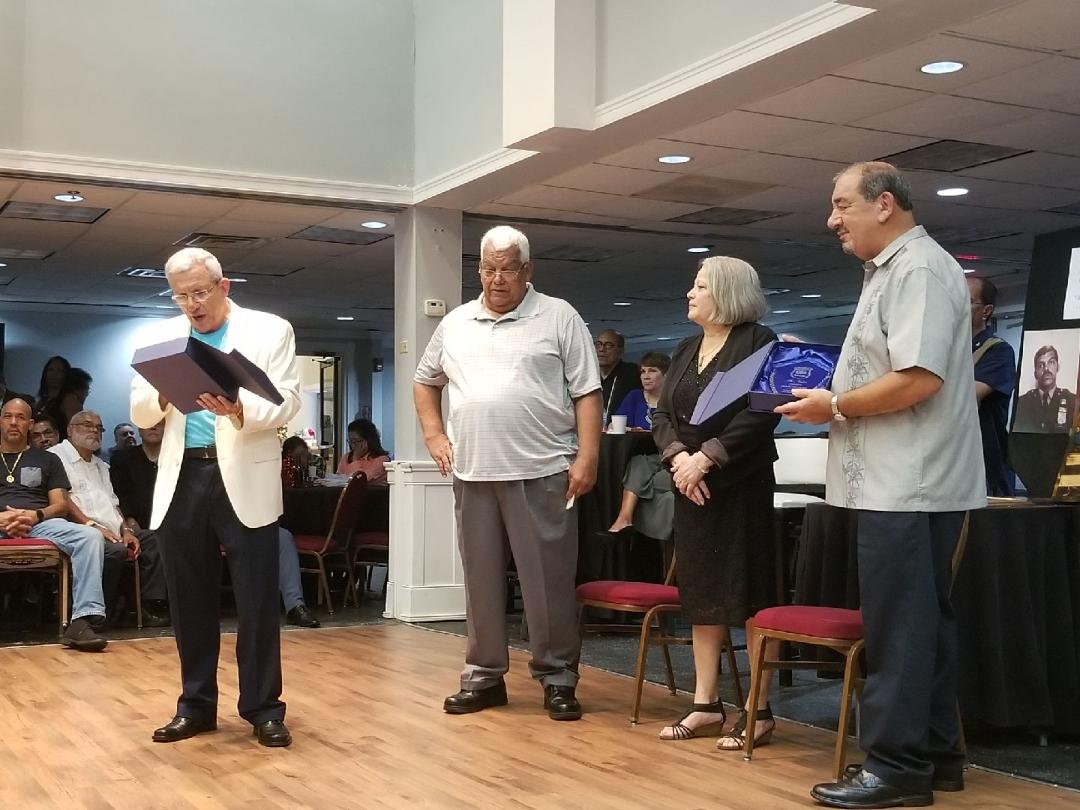
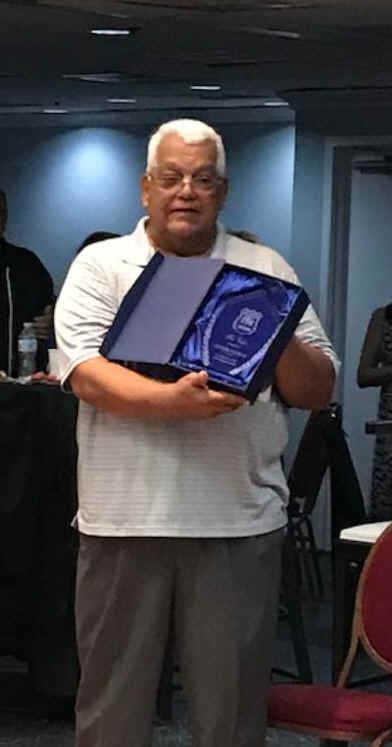
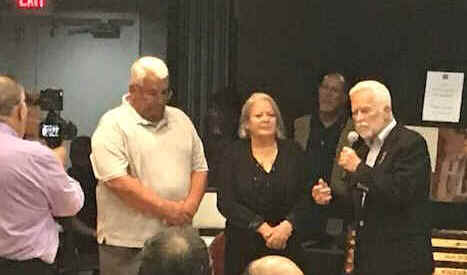
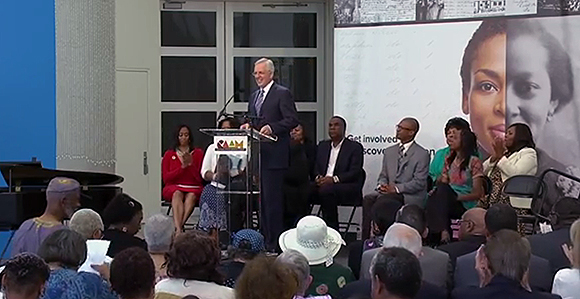
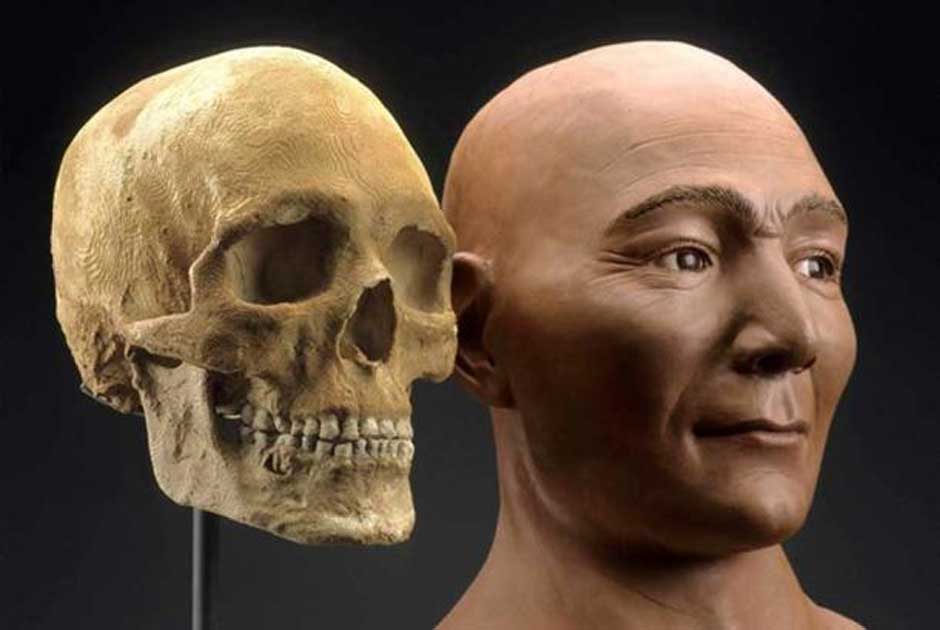
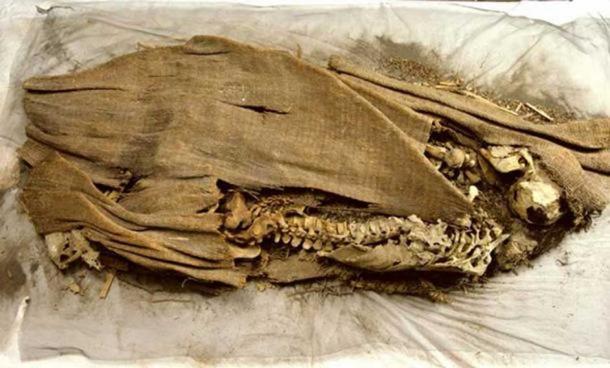
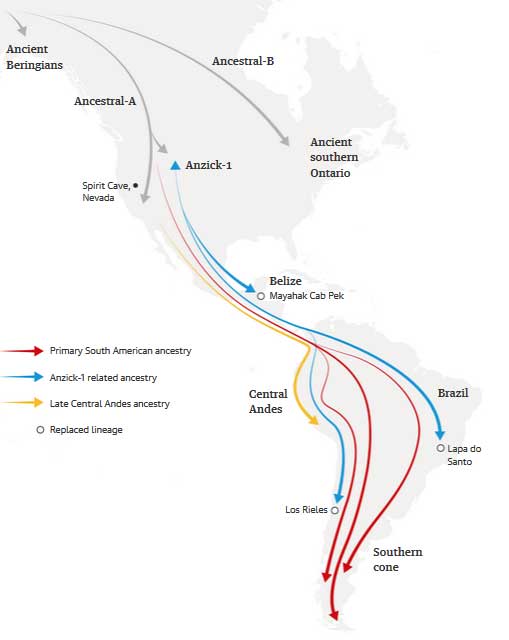
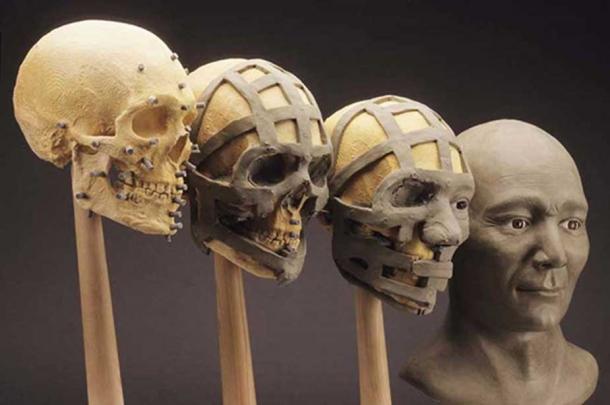
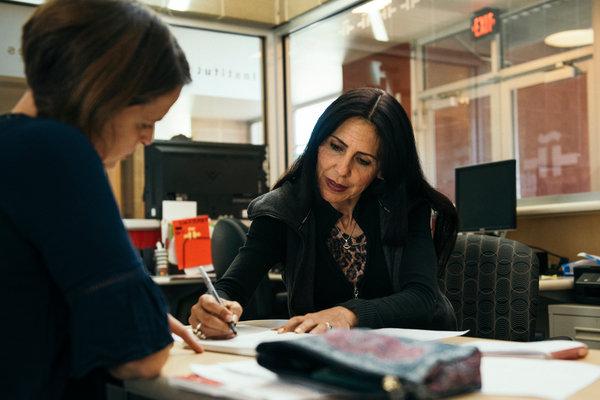
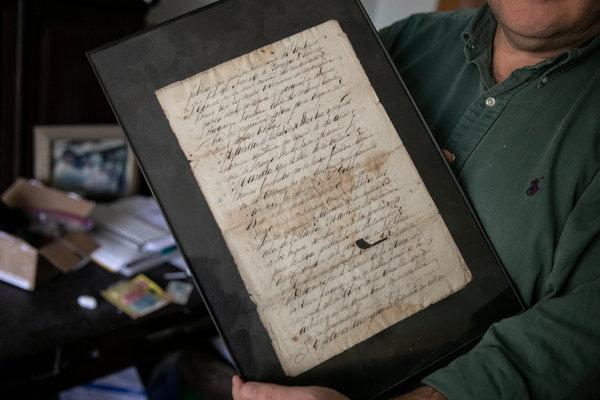
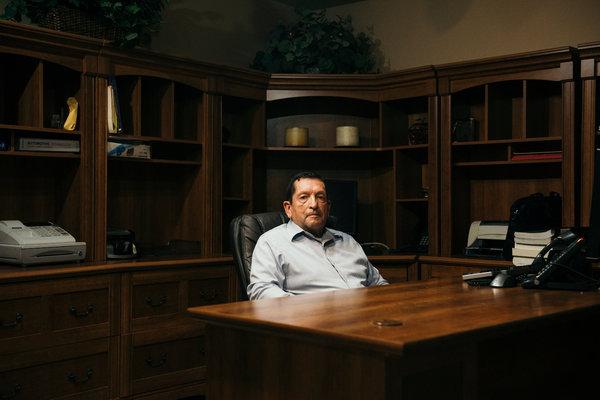
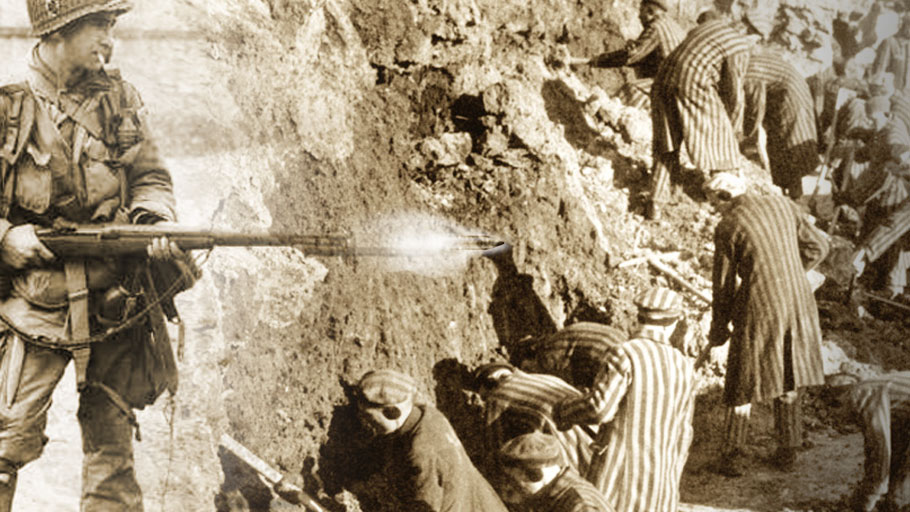
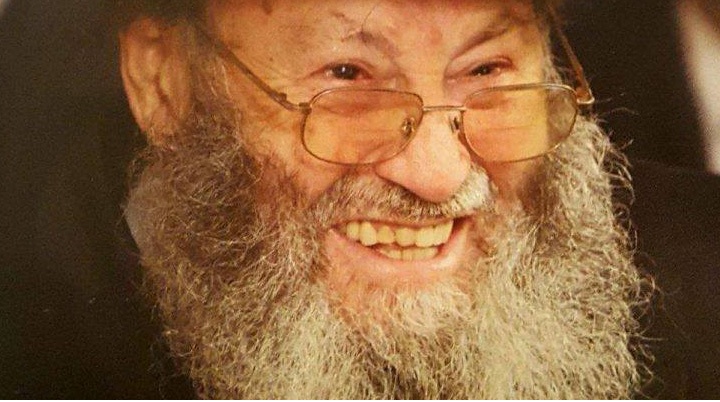
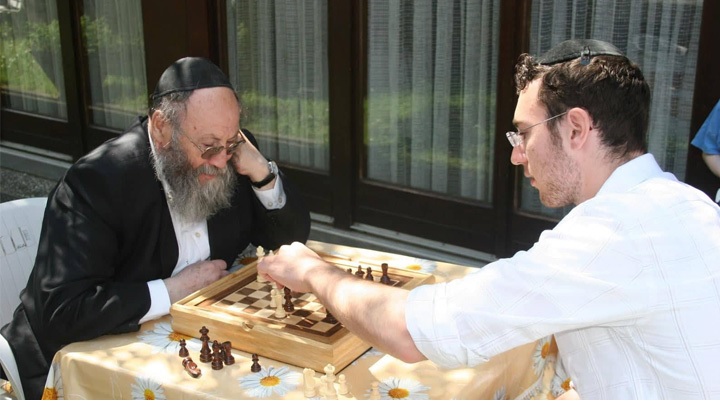
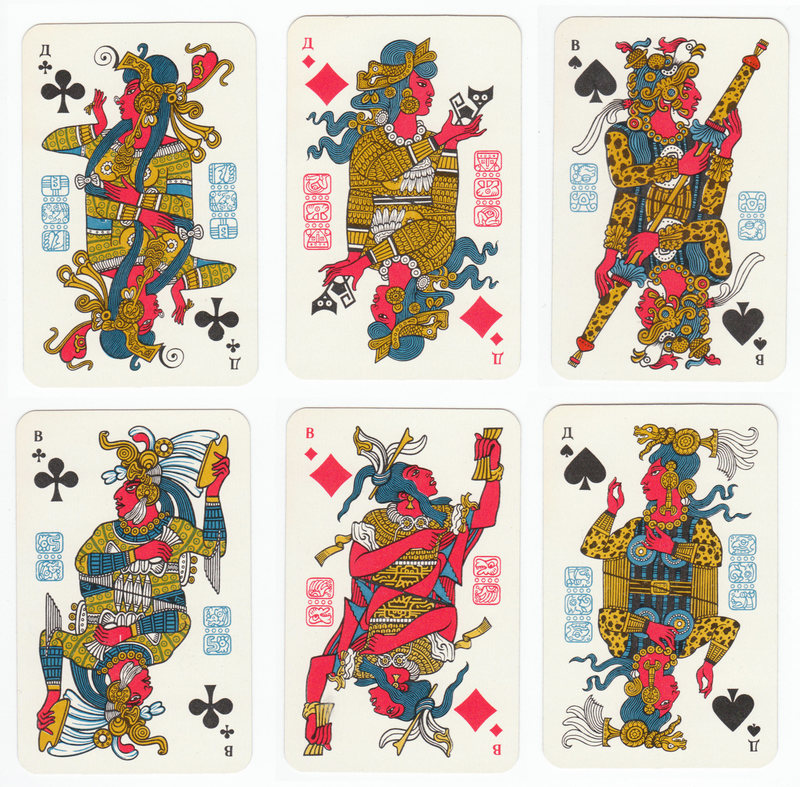
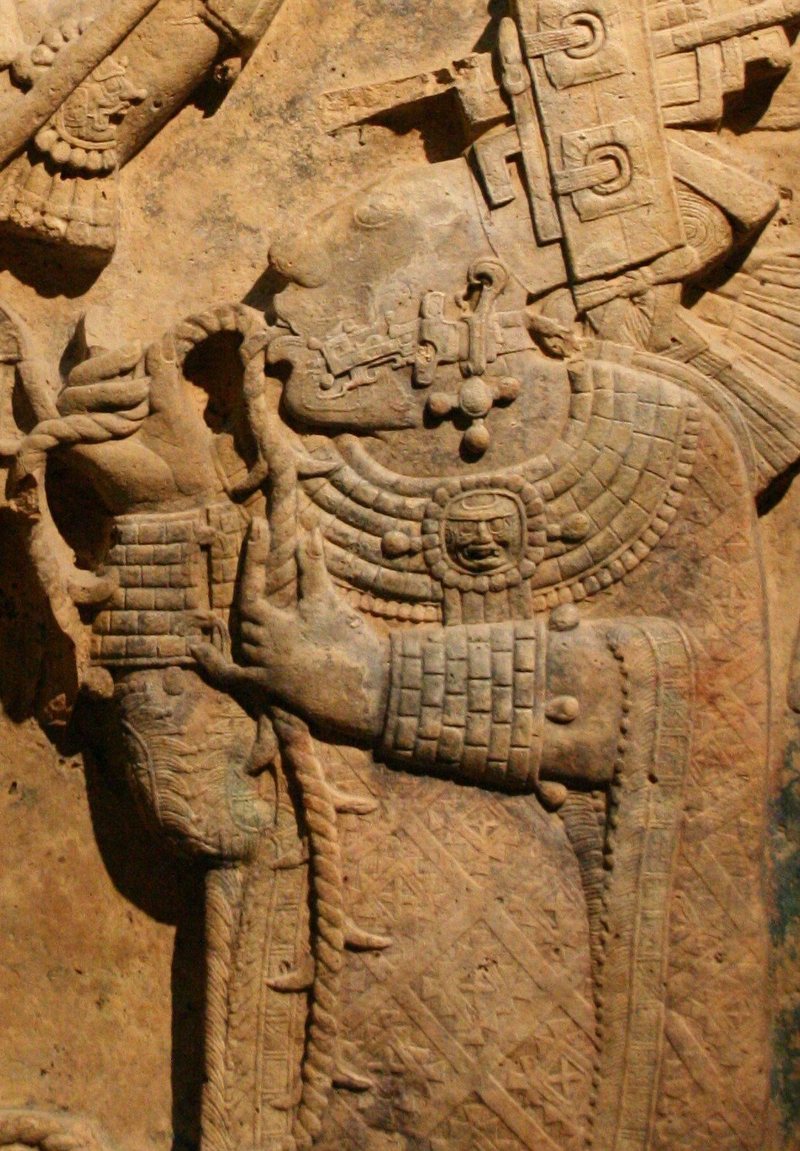

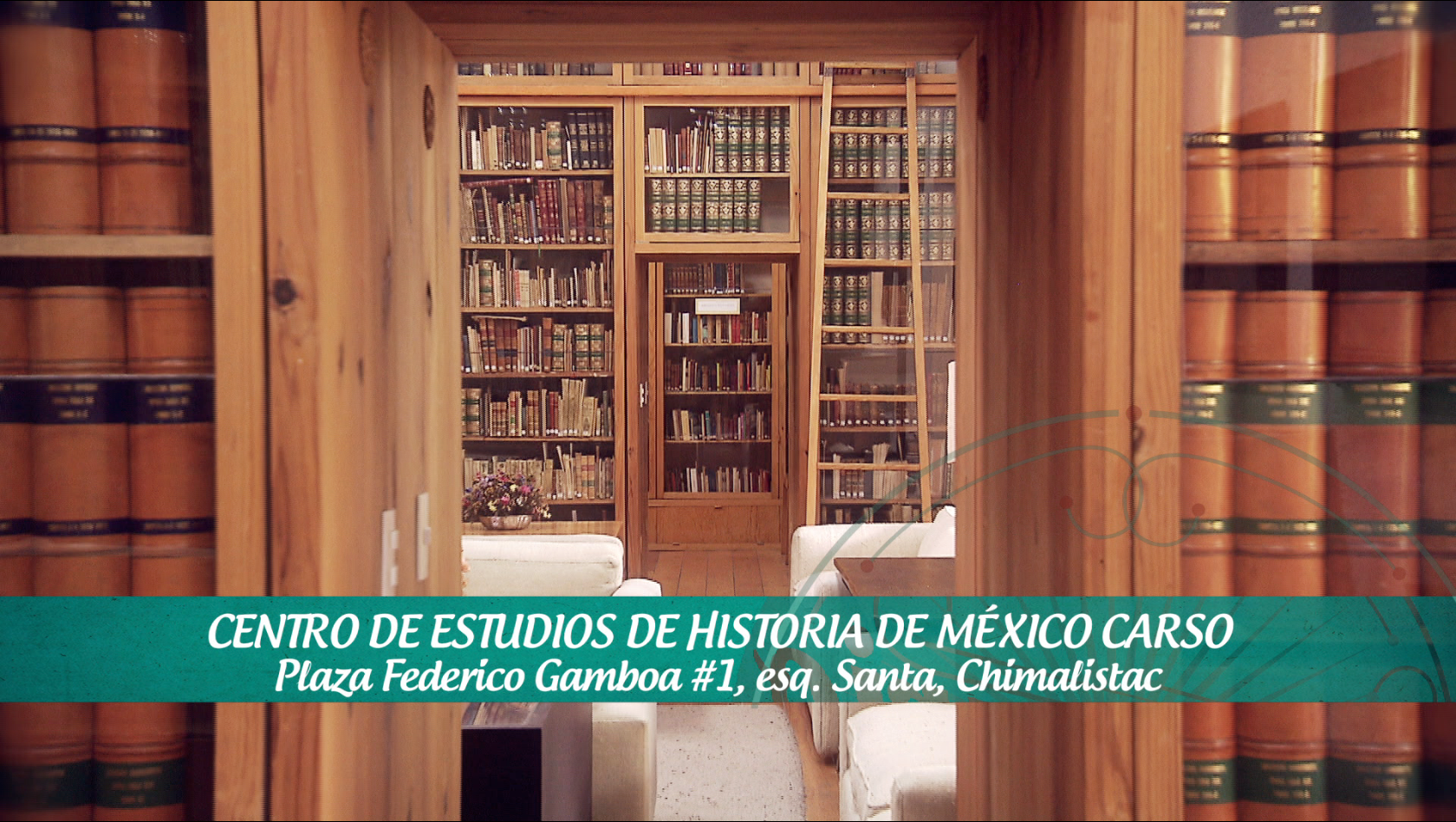
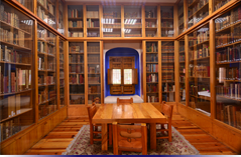

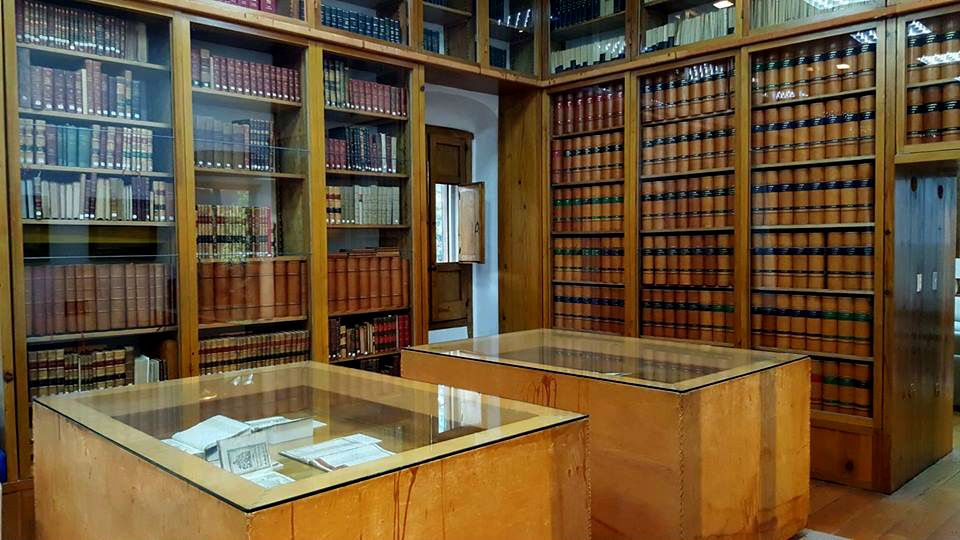


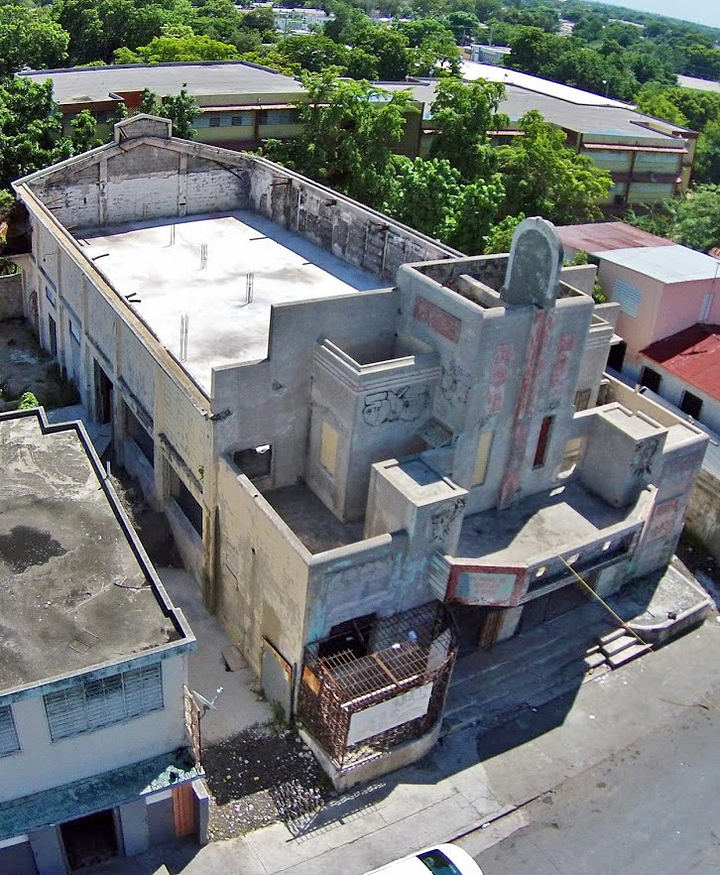
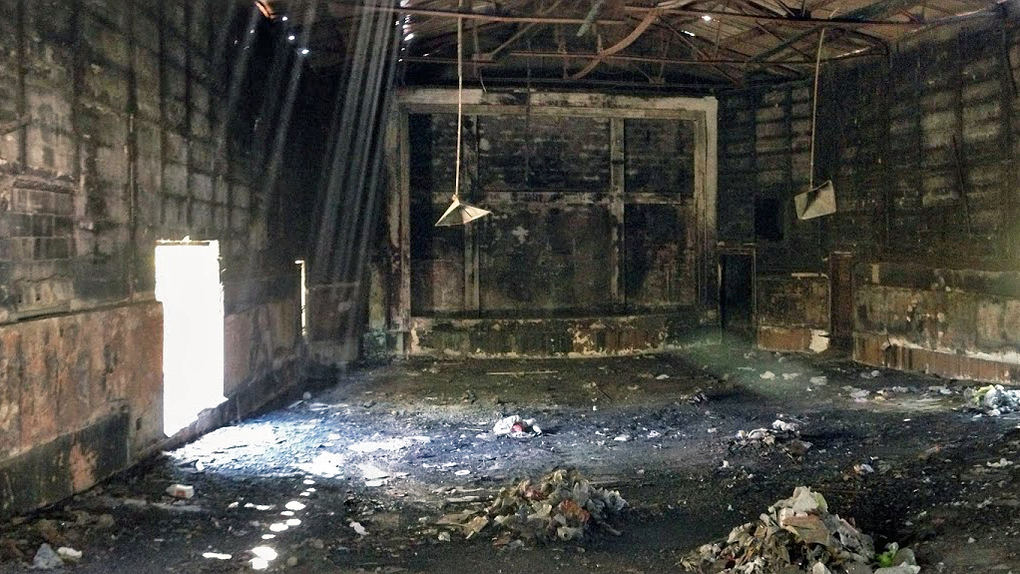

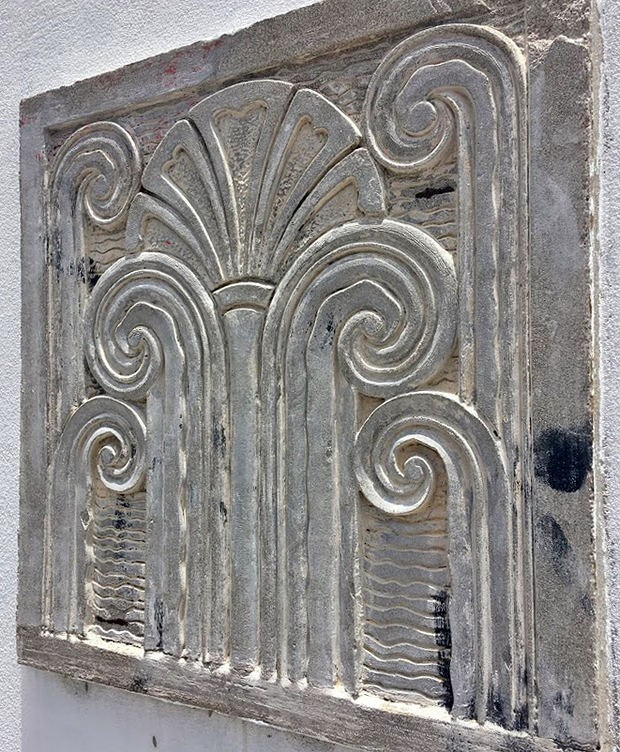 The
building's original flooring was found intact underneath more recent
tiling put down in the entrance space. El Teatro Argel, an abandoned
Art Deco theater building, has been rehabilitated and turned into a
bakery. The 1940s flooring was recreated throughout the rest of the
building, with some materials being shipped in from North Carolina and
Texas to match the original. El Teatro Argel,
an abandoned Art Deco theater building, has been rehabilitated and turned
into a bakery.
The
building's original flooring was found intact underneath more recent
tiling put down in the entrance space. El Teatro Argel, an abandoned
Art Deco theater building, has been rehabilitated and turned into a
bakery. The 1940s flooring was recreated throughout the rest of the
building, with some materials being shipped in from North Carolina and
Texas to match the original. El Teatro Argel,
an abandoned Art Deco theater building, has been rehabilitated and turned
into a bakery.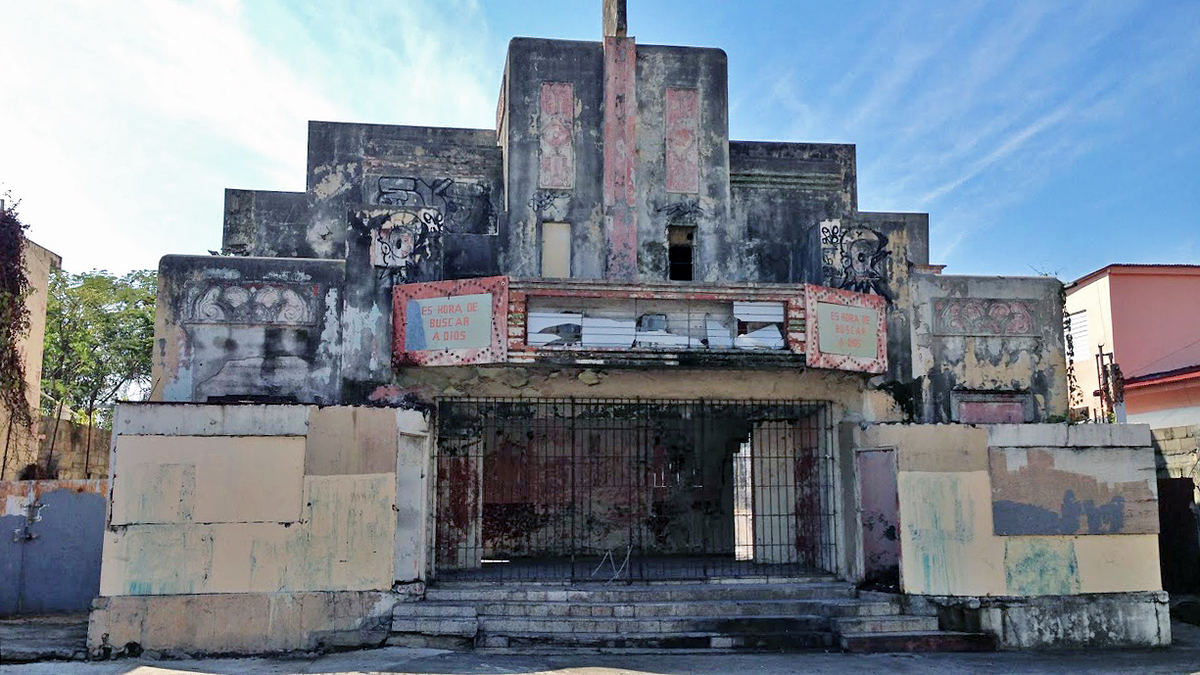
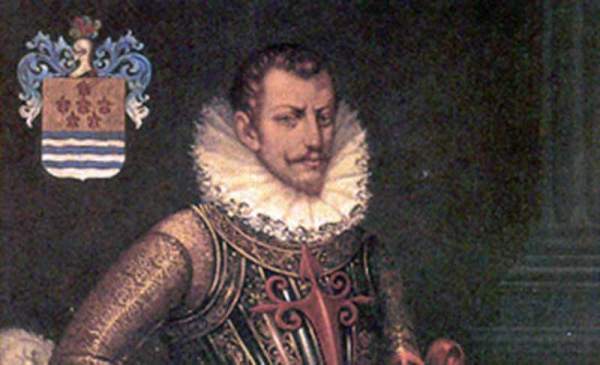


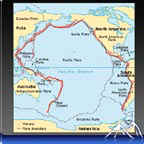
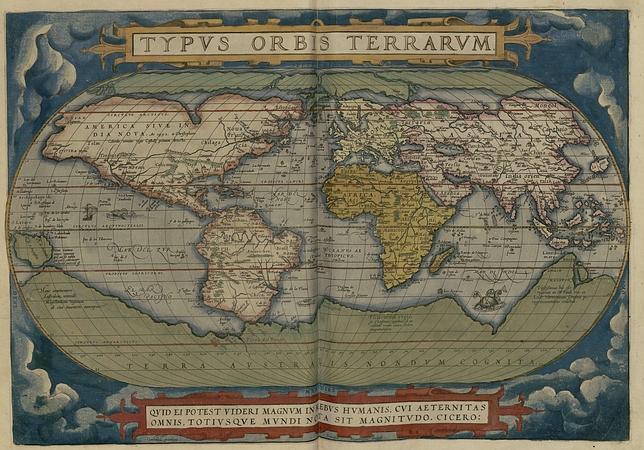
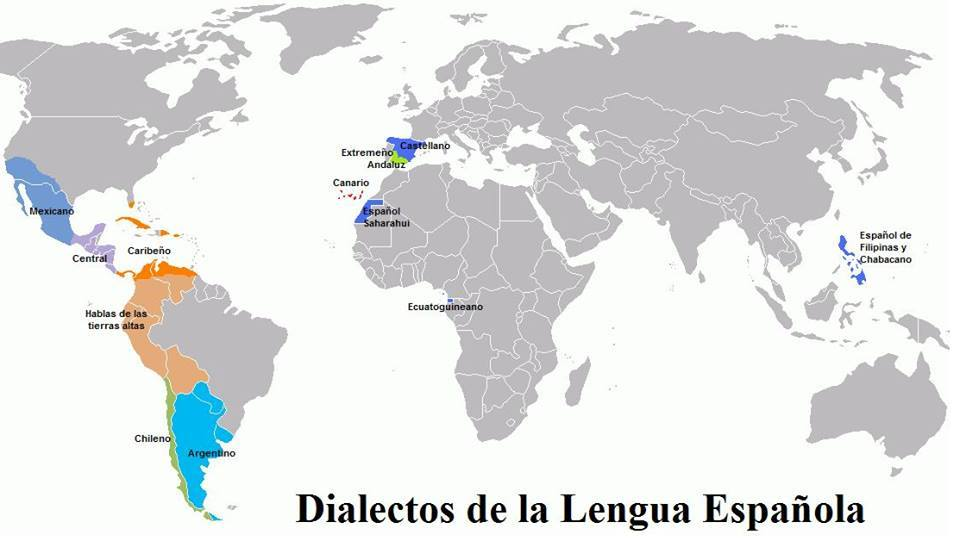
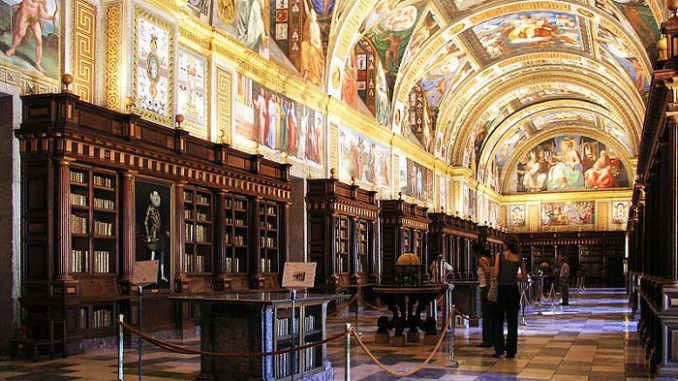
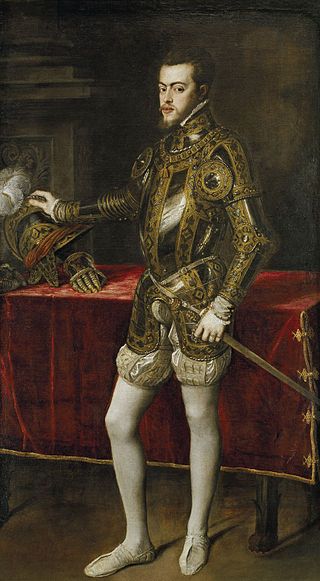 Debido
al gran coste que suponían los libros en aquella época, las
bibliotecas eran usadas como reflejo de la riqueza y poderío de su
fundador, en la medida del número de ejemplares (y cuantos más raros y
difíciles de conseguir mejor) conseguidos. Dotar una biblioteca de
fondos permitía al príncipe practicar el mecenazgo humanista sobre
todo tipo de intelectuales y hombres letrados. Asimismo, el volumen de
libros que se reunirían en esa biblioteca permitirían al rey
incrementar su conocimiento sobre todo tipo de temáticas, haciendo que
su capacidad de decisión en los asuntos de gobierno mejorase.
Debido
al gran coste que suponían los libros en aquella época, las
bibliotecas eran usadas como reflejo de la riqueza y poderío de su
fundador, en la medida del número de ejemplares (y cuantos más raros y
difíciles de conseguir mejor) conseguidos. Dotar una biblioteca de
fondos permitía al príncipe practicar el mecenazgo humanista sobre
todo tipo de intelectuales y hombres letrados. Asimismo, el volumen de
libros que se reunirían en esa biblioteca permitirían al rey
incrementar su conocimiento sobre todo tipo de temáticas, haciendo que
su capacidad de decisión en los asuntos de gobierno mejorase.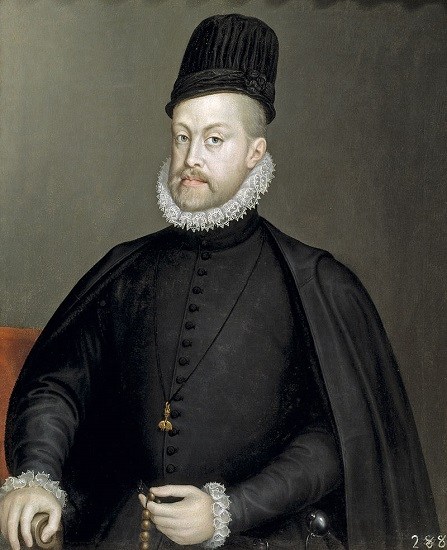 Una
posible razón para este “ocultamiento” de los libros se puede deber
al uso propagandístico que las distintas Iglesias de la Reforma
Protestante hicieron de ellos. Éstos interpretaban de forma distinta la
“Verdad revelada” y las obras de las grandes autoridades del
cristianismo. Por ello había que vedar como fuera posible el acceso de
estos rupturistas a todos los libros que pudieran ser susceptibles de
reedición canónica.
Una
posible razón para este “ocultamiento” de los libros se puede deber
al uso propagandístico que las distintas Iglesias de la Reforma
Protestante hicieron de ellos. Éstos interpretaban de forma distinta la
“Verdad revelada” y las obras de las grandes autoridades del
cristianismo. Por ello había que vedar como fuera posible el acceso de
estos rupturistas a todos los libros que pudieran ser susceptibles de
reedición canónica.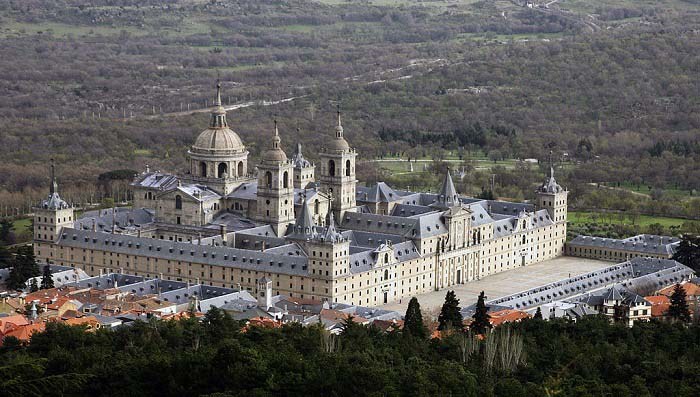



 Alfonso
VI (pintura del Ayuntamiento de León)
Alfonso
VI (pintura del Ayuntamiento de León)
 Urraca
I (pintura del Ayuntamiento de León)
Urraca
I (pintura del Ayuntamiento de León)

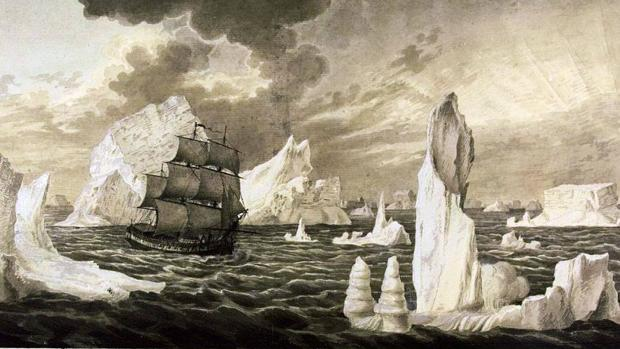
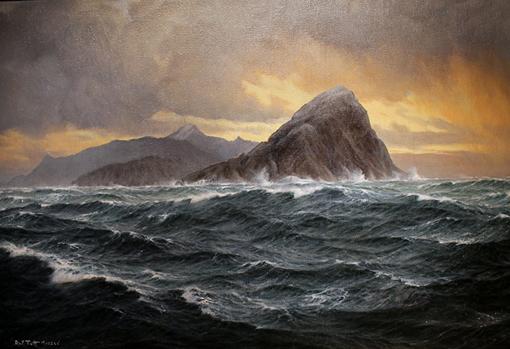
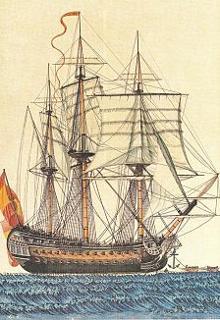 A
pesar de que Smith informó debidamente de que no había sido el primero
en arribar a la Antártida, recibió órdenes de sus superiores de
guardar silencio; cosa que aceptó. Mientras en los confines del mundo
ocurría esto, en la Península Ibérica la desaparición del navío y
de sus 644 navegantes importaba poco o nada. De este modo, en mayo de
1822 la Armada señala lo siguiente en el Boletín Oficial del Reino:
A
pesar de que Smith informó debidamente de que no había sido el primero
en arribar a la Antártida, recibió órdenes de sus superiores de
guardar silencio; cosa que aceptó. Mientras en los confines del mundo
ocurría esto, en la Península Ibérica la desaparición del navío y
de sus 644 navegantes importaba poco o nada. De este modo, en mayo de
1822 la Armada señala lo siguiente en el Boletín Oficial del Reino:
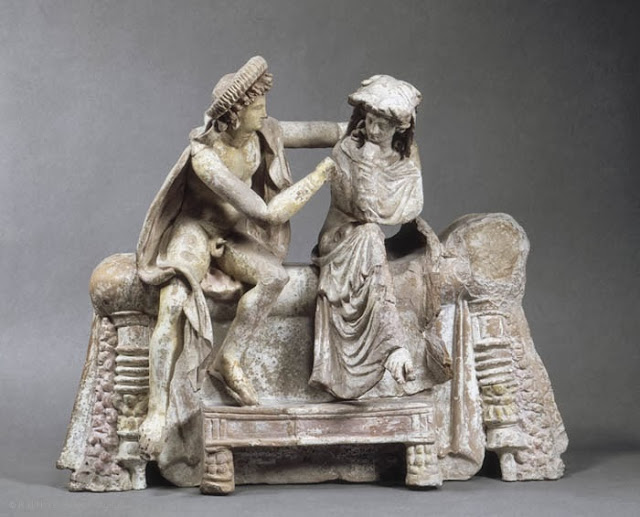
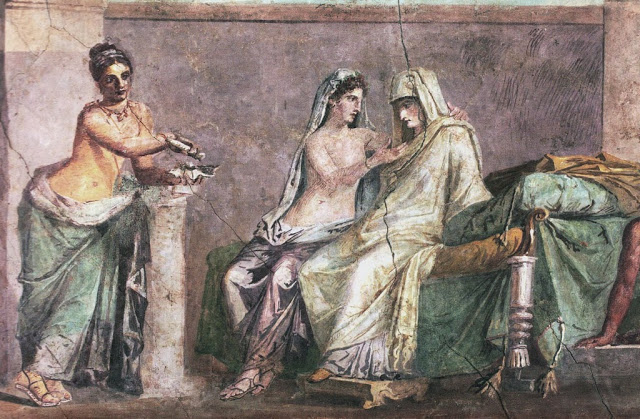

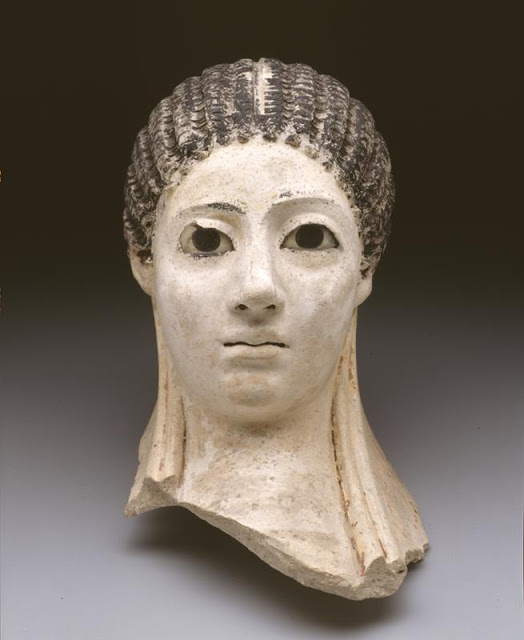
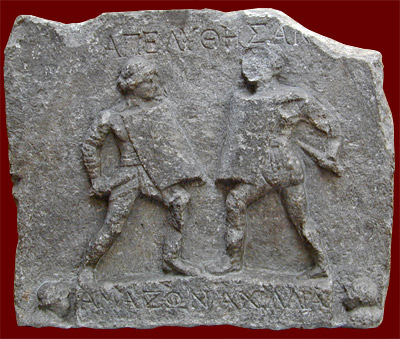 Se
ha escrito mucho sobre los tipos de gladiadores, pero esta entrada es
muy especial, está dedicada a una niña de 10 años. Laura Palomino
Hueso, que me sorprendió con su regalo, Un pequeño trabajo sobre
Gladiadores, su libro como dice ella. Para mí un gran resumen sobre los
juegos y los gladiadores.
Se
ha escrito mucho sobre los tipos de gladiadores, pero esta entrada es
muy especial, está dedicada a una niña de 10 años. Laura Palomino
Hueso, que me sorprendió con su regalo, Un pequeño trabajo sobre
Gladiadores, su libro como dice ella. Para mí un gran resumen sobre los
juegos y los gladiadores.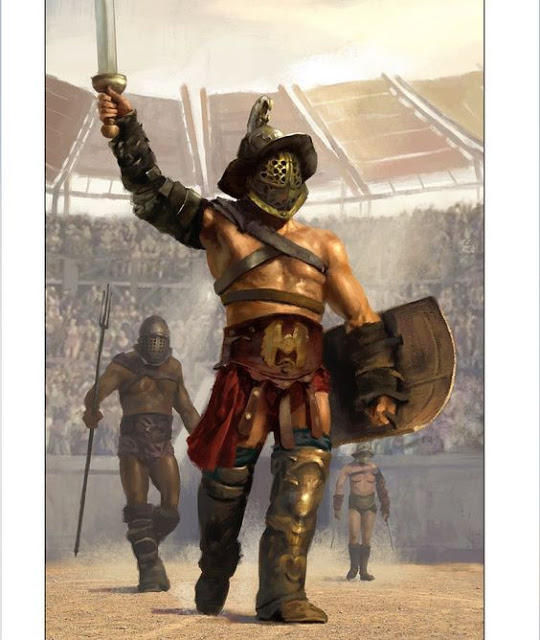 En
la Antigua Roma los Gladiadores se distinguían no solo por su
procedència sino por diferentes aspectos. Eran conocidos por el nombre
de su origen, su indumentaria, armamento o manera de combatir.
En
la Antigua Roma los Gladiadores se distinguían no solo por su
procedència sino por diferentes aspectos. Eran conocidos por el nombre
de su origen, su indumentaria, armamento o manera de combatir.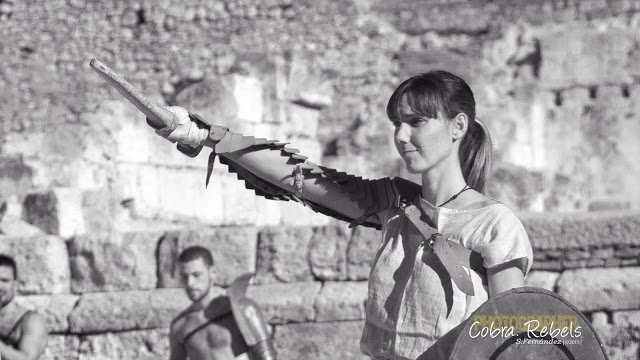
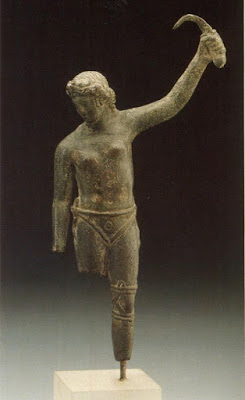
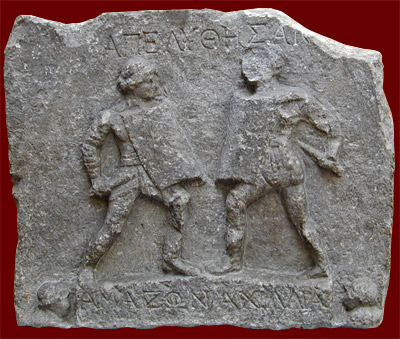 Esto
nos conduce a una nueva problemática, ya que el essedarius es
precisamente uno de los tipos de gladiador más disputado. Según la
terminología se trataría de un auriga (el essedus es un carro celta
con dos ruedas), pero no hay ni una sola iconografía de un gladiador
sobre un carro, a pesar de ser profusamente mencionado en la literatura
y en las narraciones desde el s. I a.C. Kontantin Nossov sugiere que tan
solo la entrada a la arena la harían en carro, por darle más
espectacularidad, y que después su equipo sería similar al de un
secutor, pero con escudo curvo ovalado y sin grebas.
Esto
nos conduce a una nueva problemática, ya que el essedarius es
precisamente uno de los tipos de gladiador más disputado. Según la
terminología se trataría de un auriga (el essedus es un carro celta
con dos ruedas), pero no hay ni una sola iconografía de un gladiador
sobre un carro, a pesar de ser profusamente mencionado en la literatura
y en las narraciones desde el s. I a.C. Kontantin Nossov sugiere que tan
solo la entrada a la arena la harían en carro, por darle más
espectacularidad, y que después su equipo sería similar al de un
secutor, pero con escudo curvo ovalado y sin grebas.

